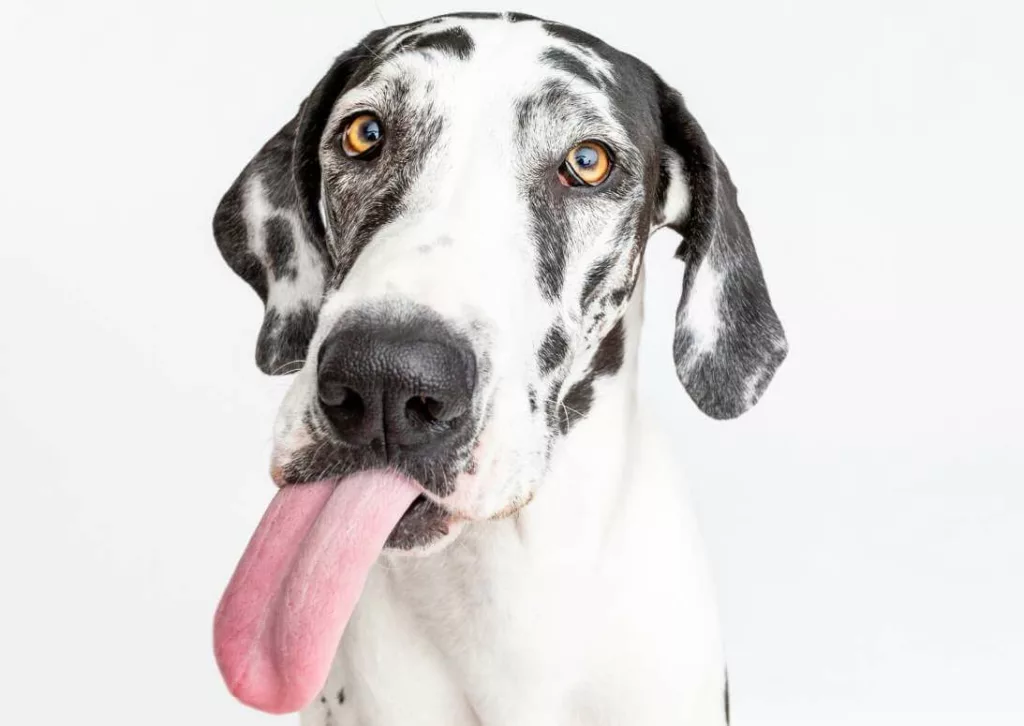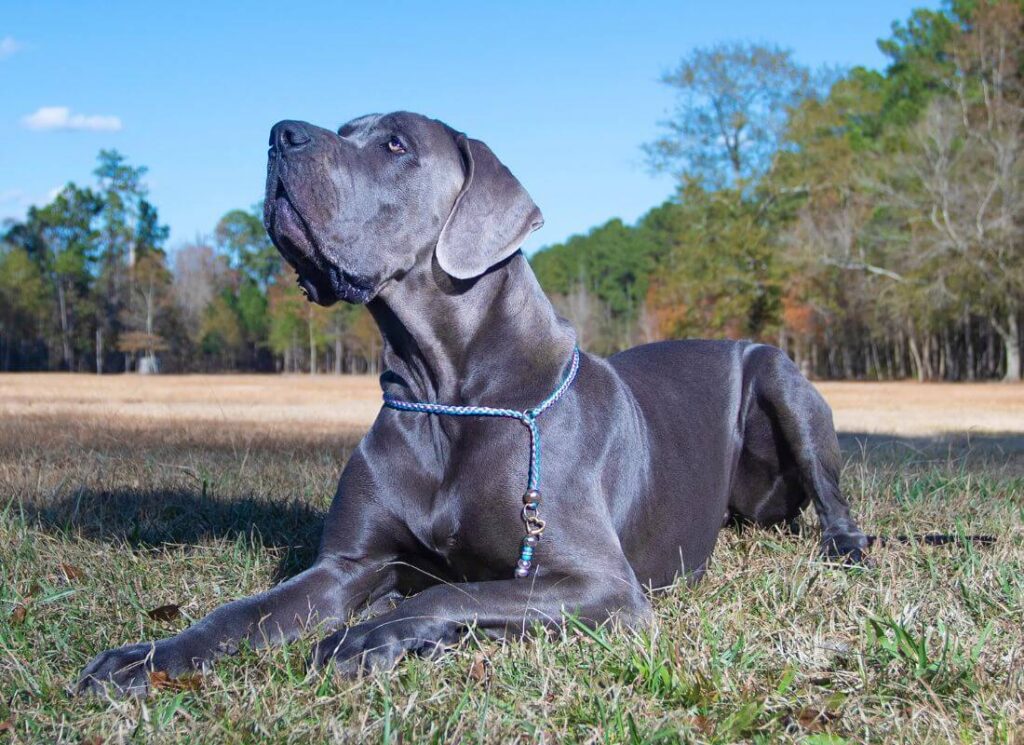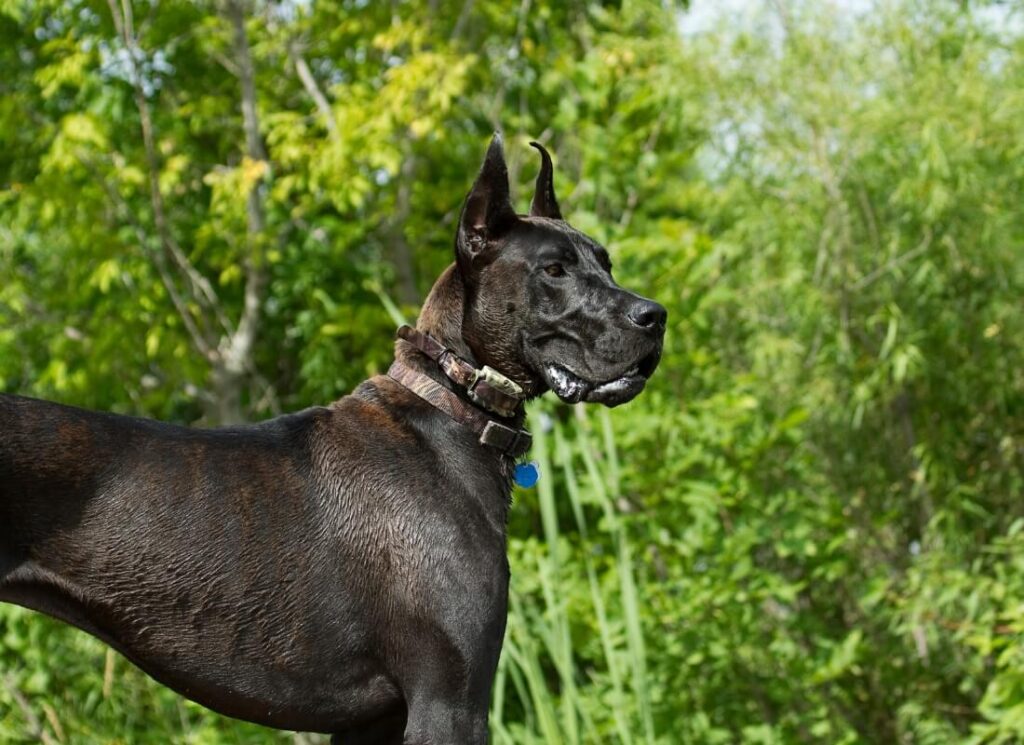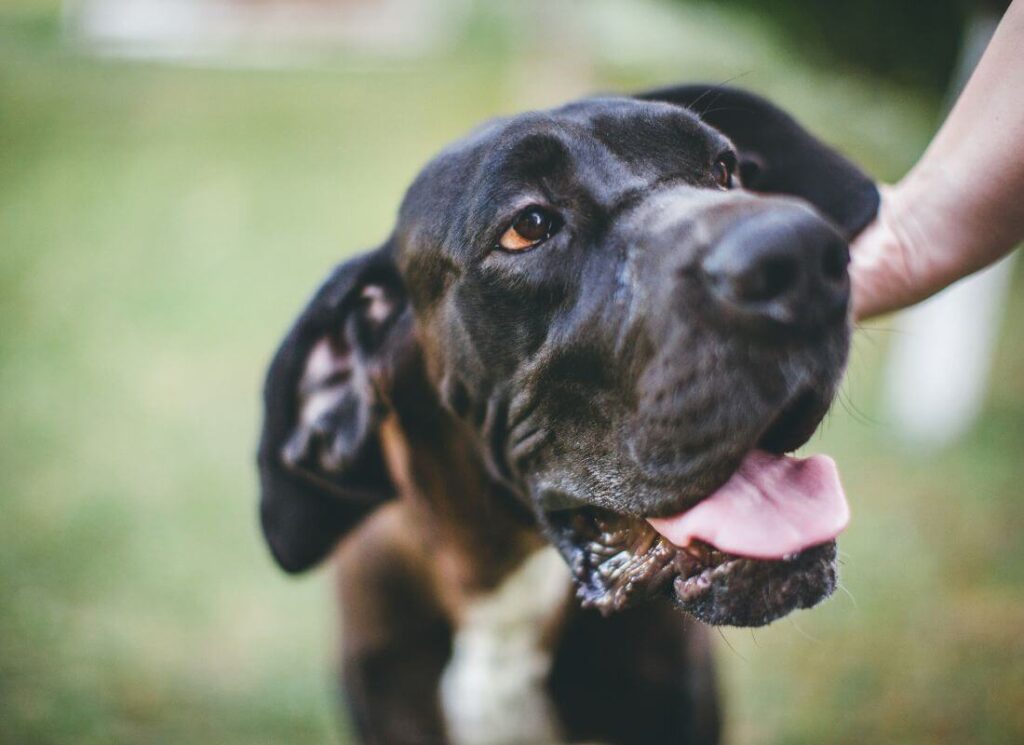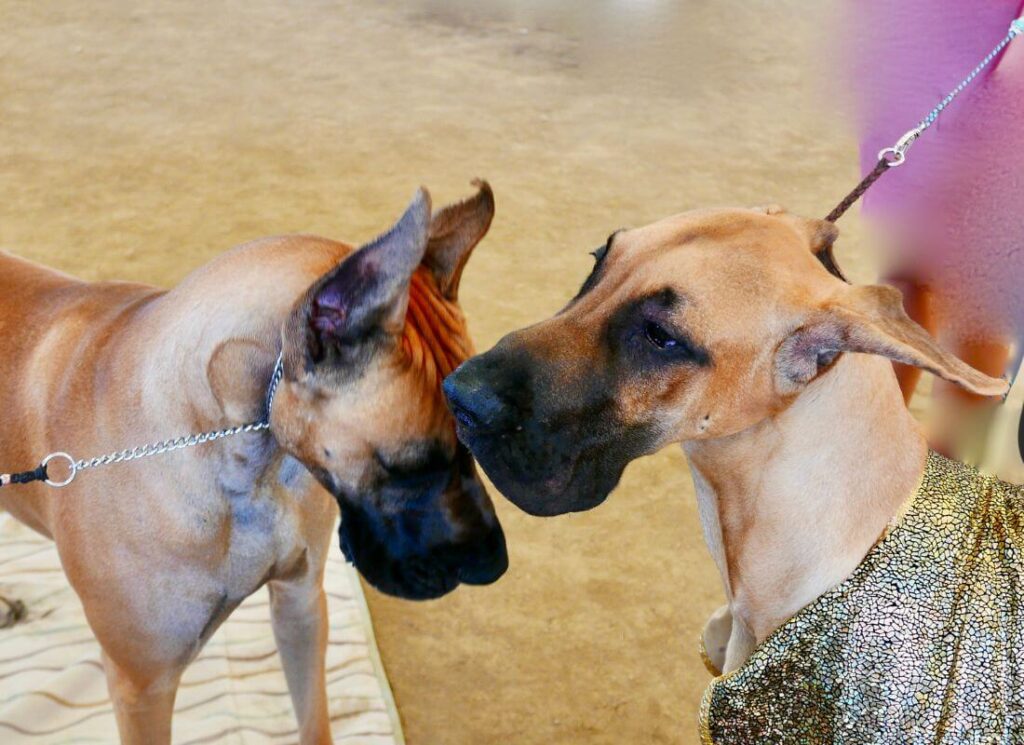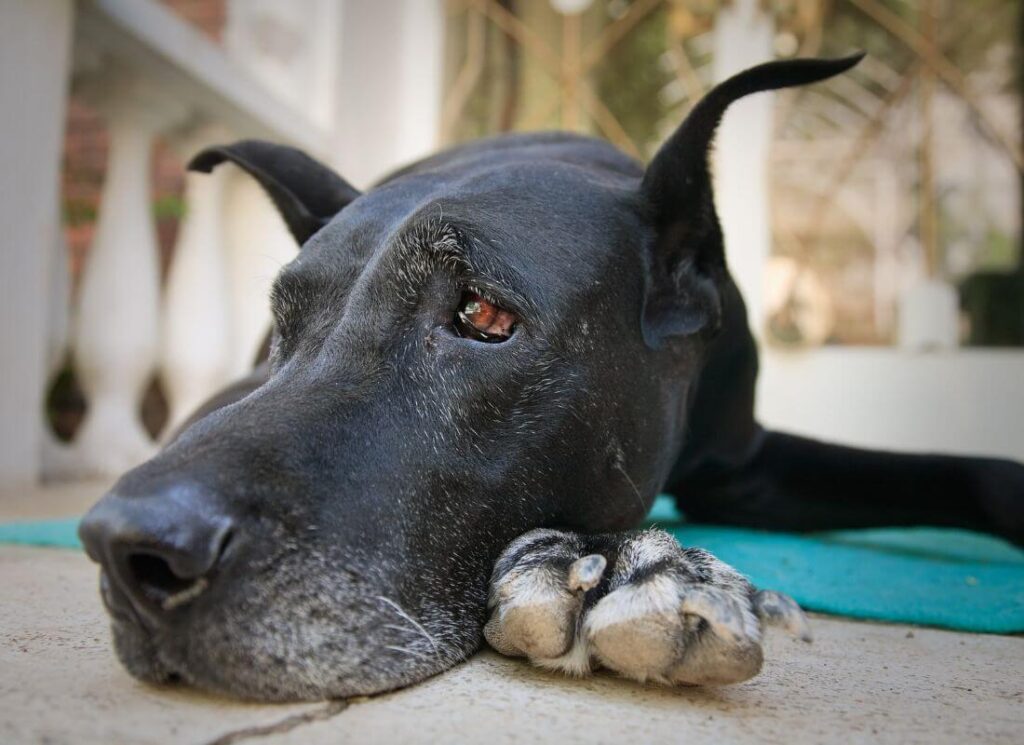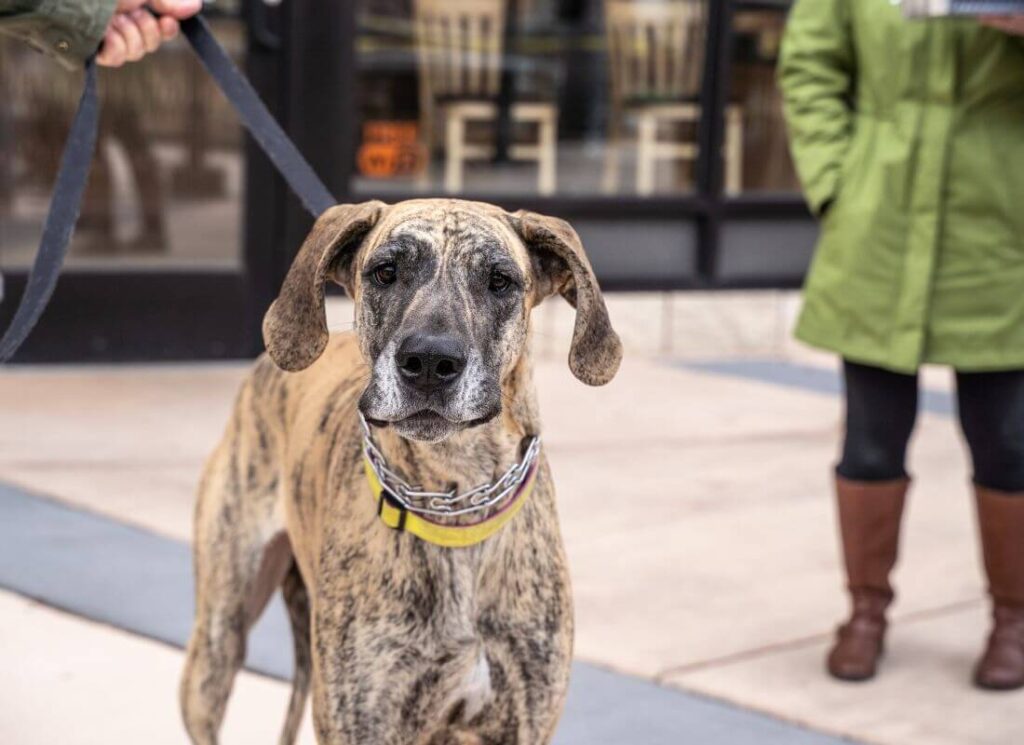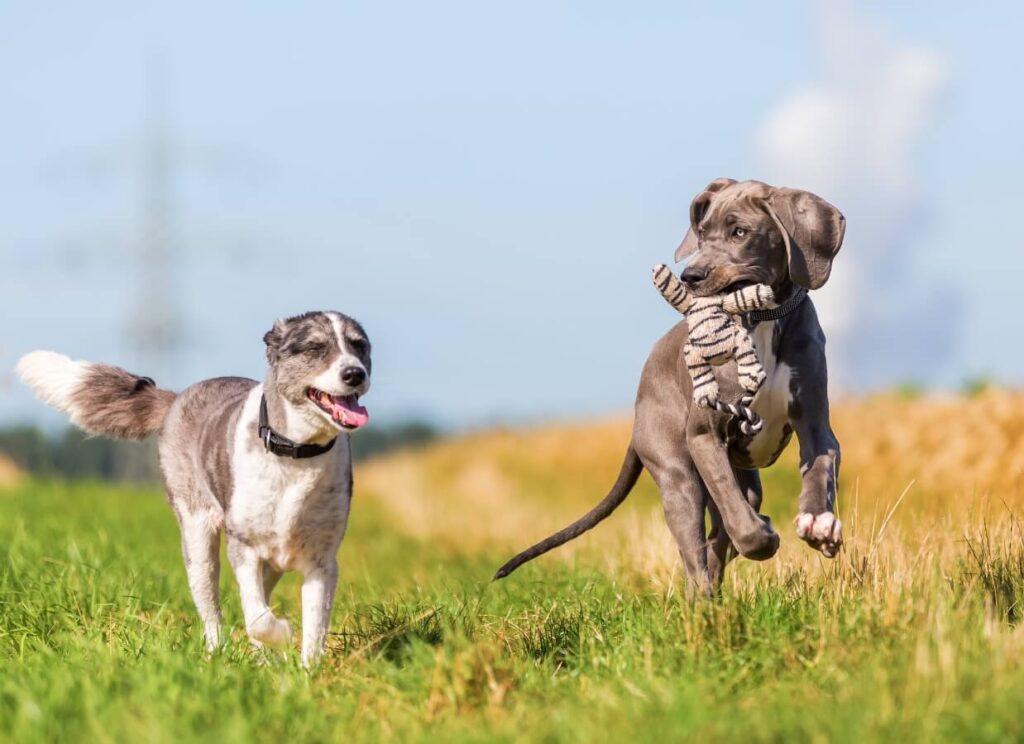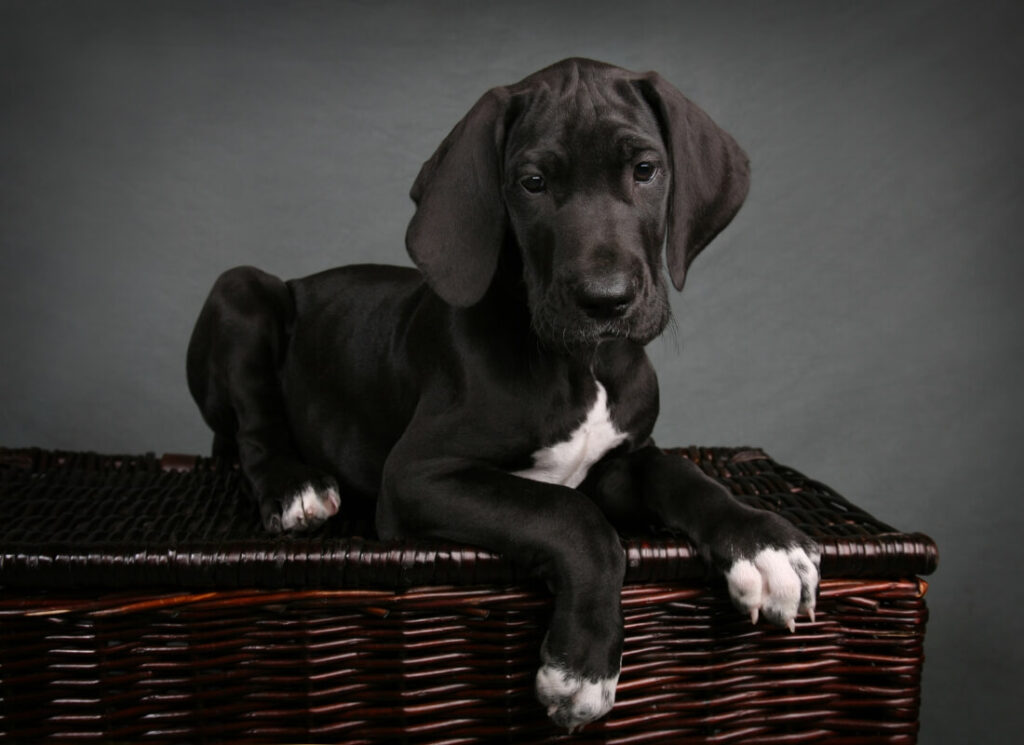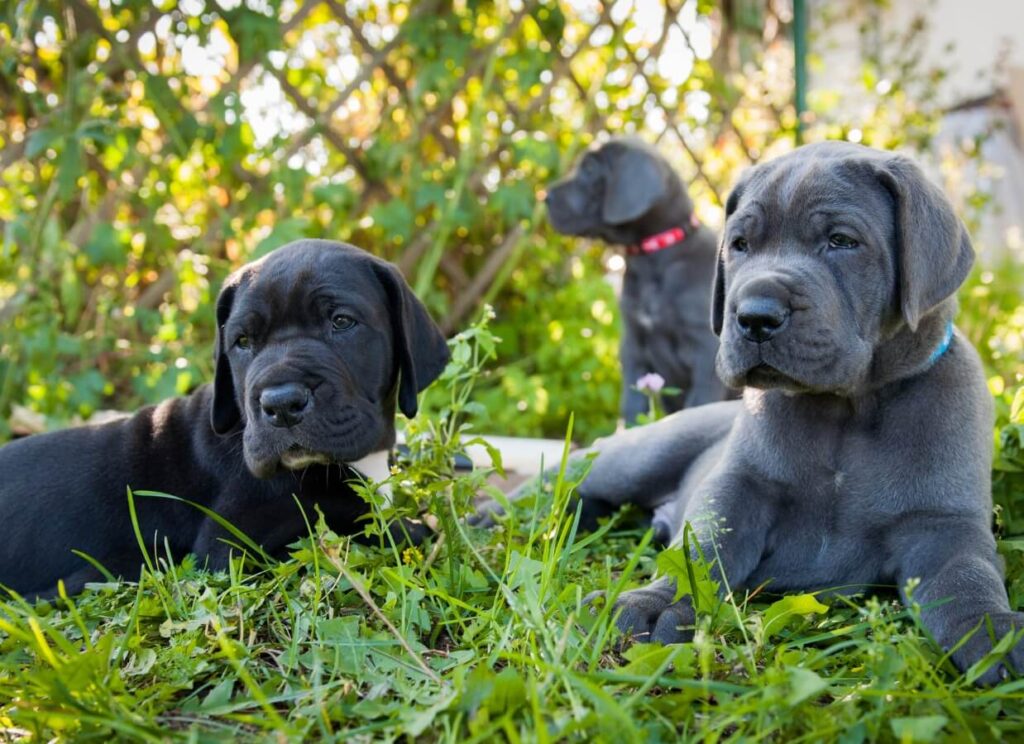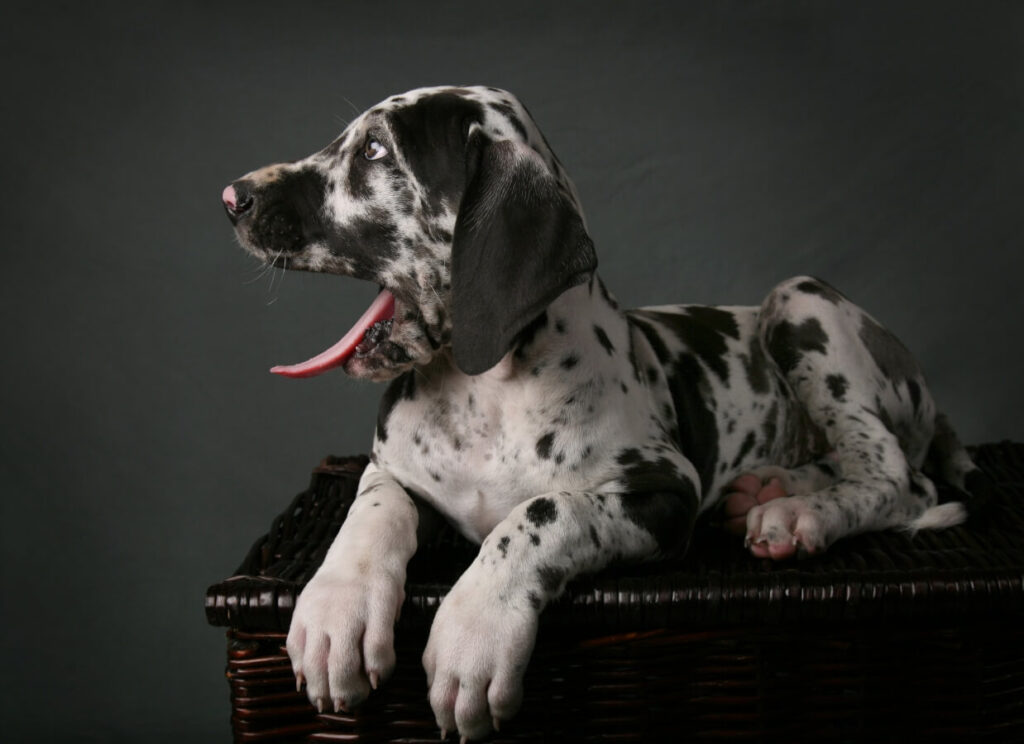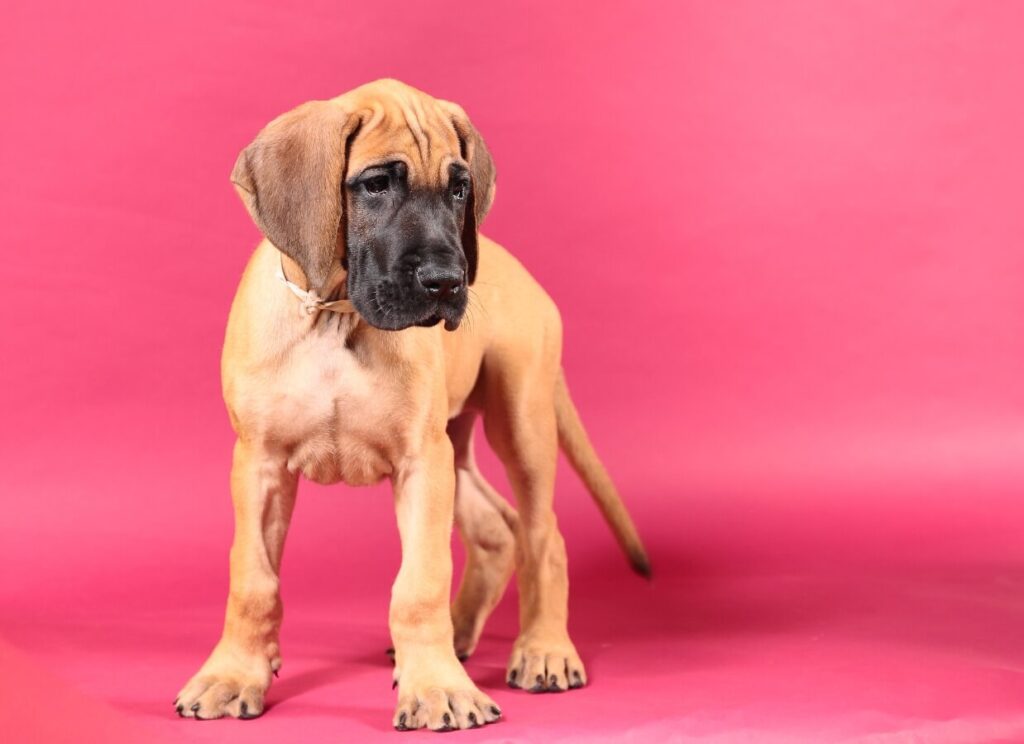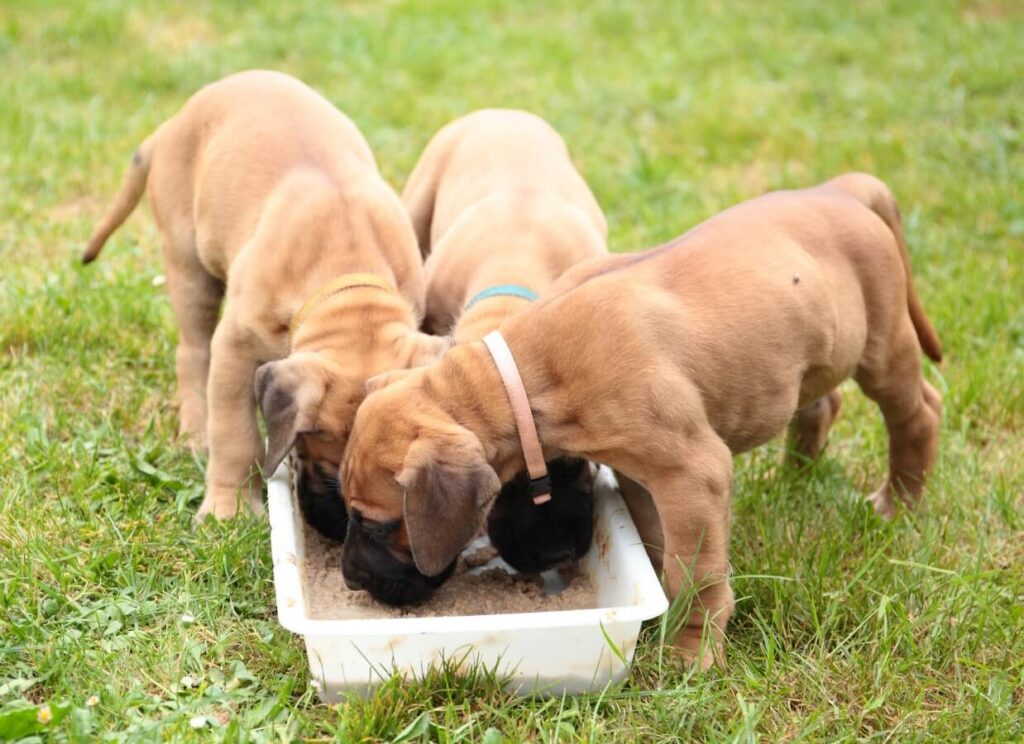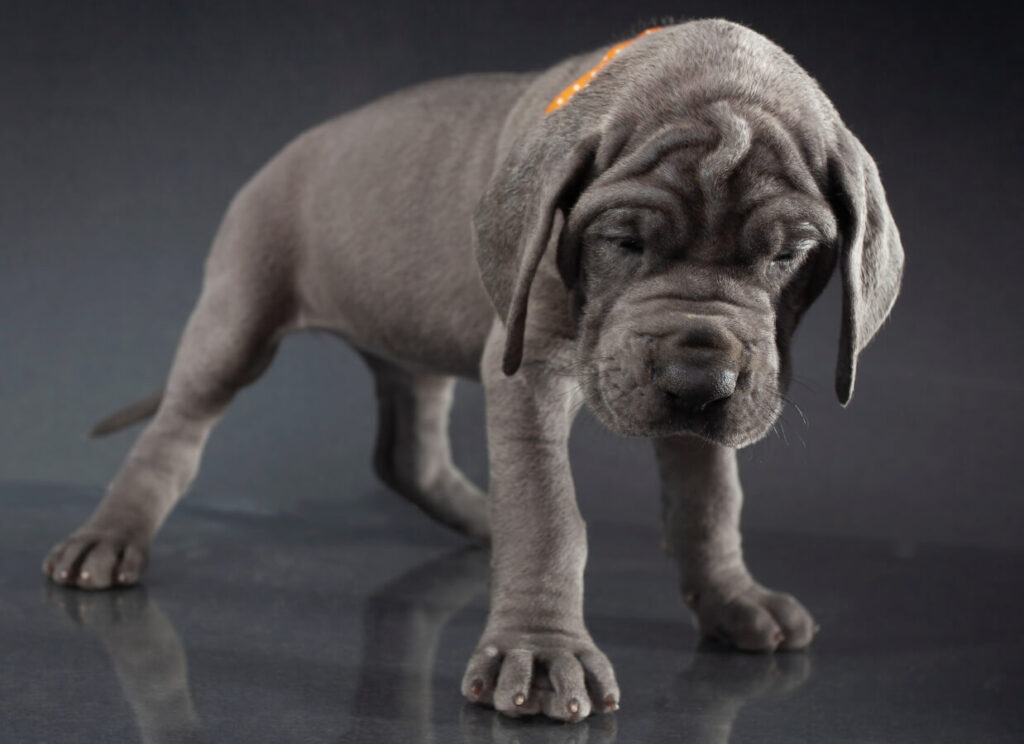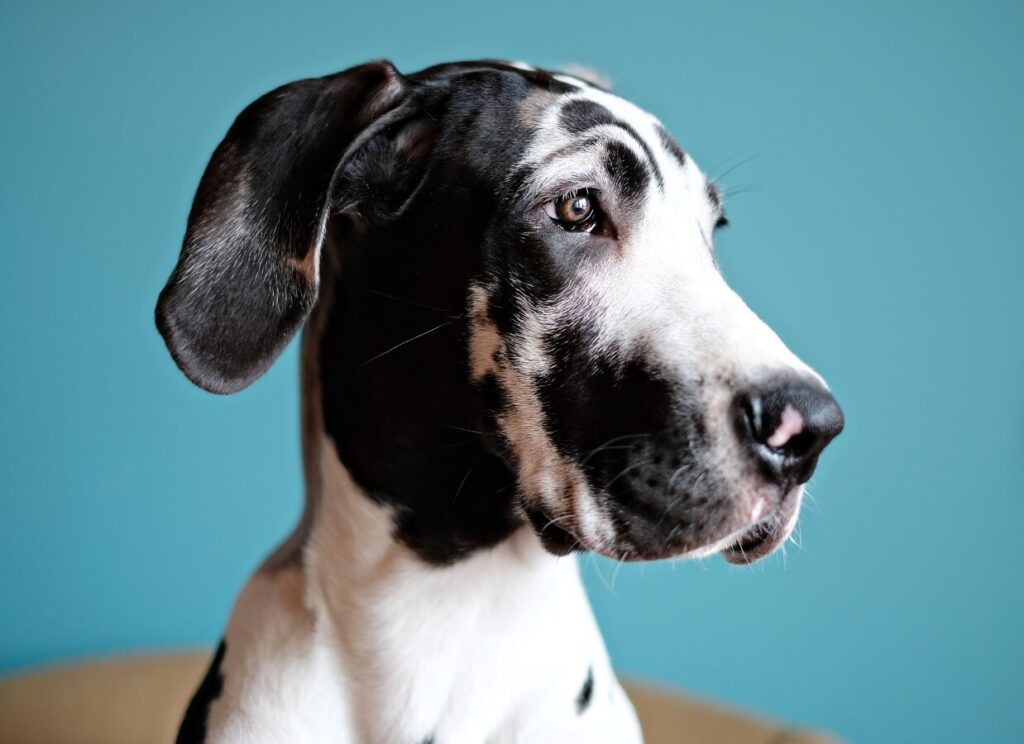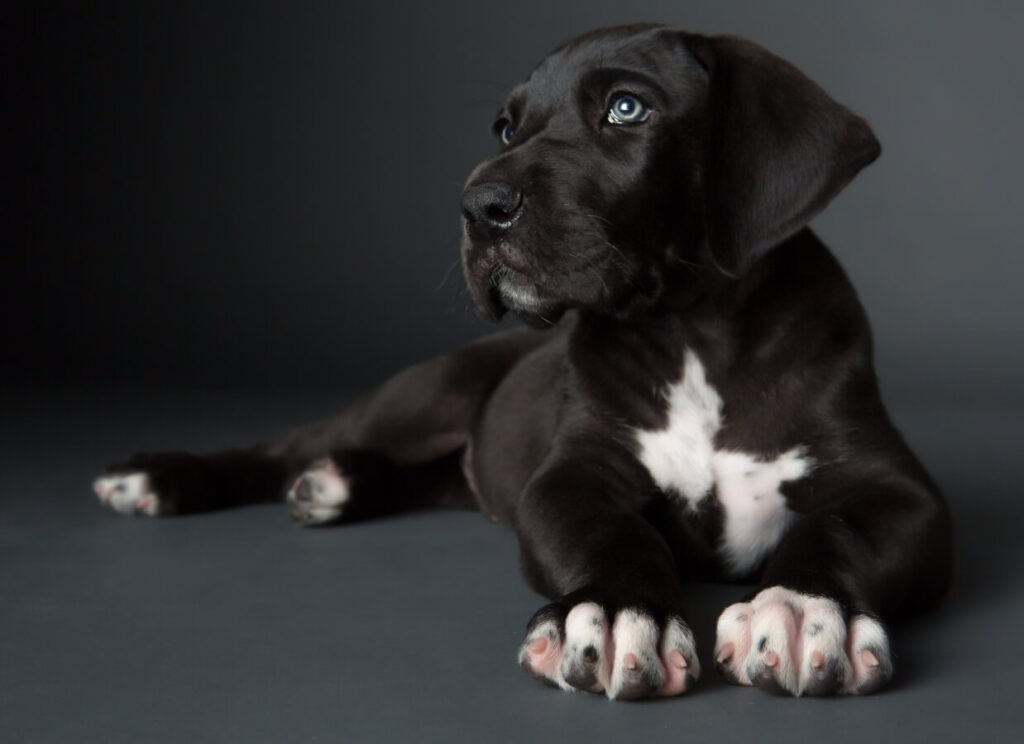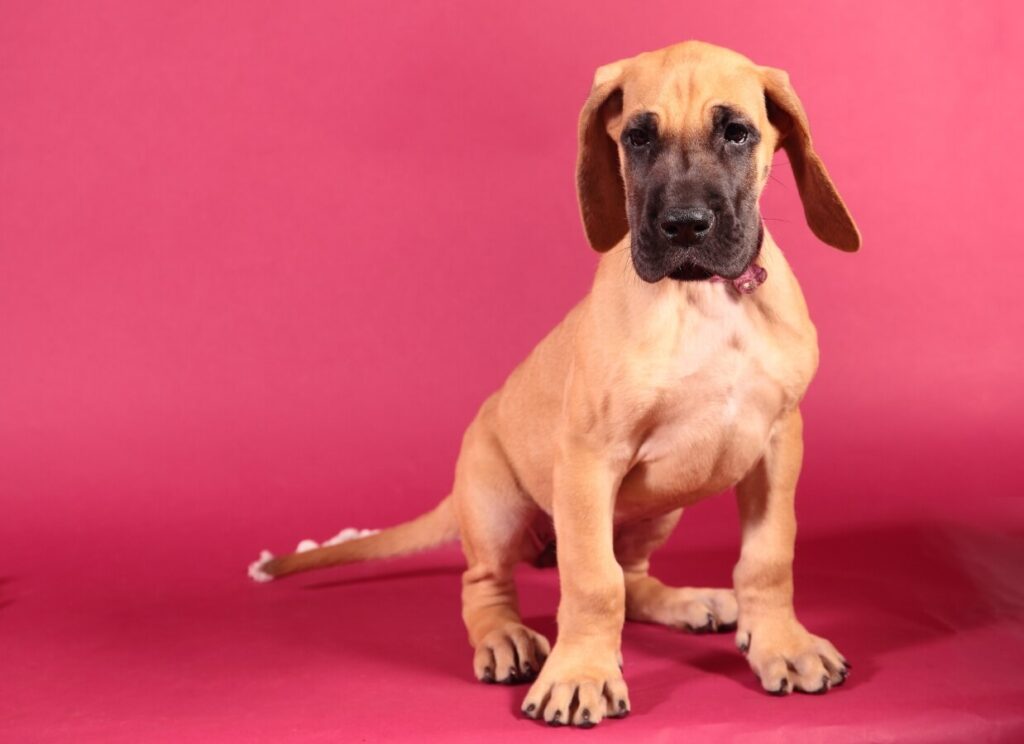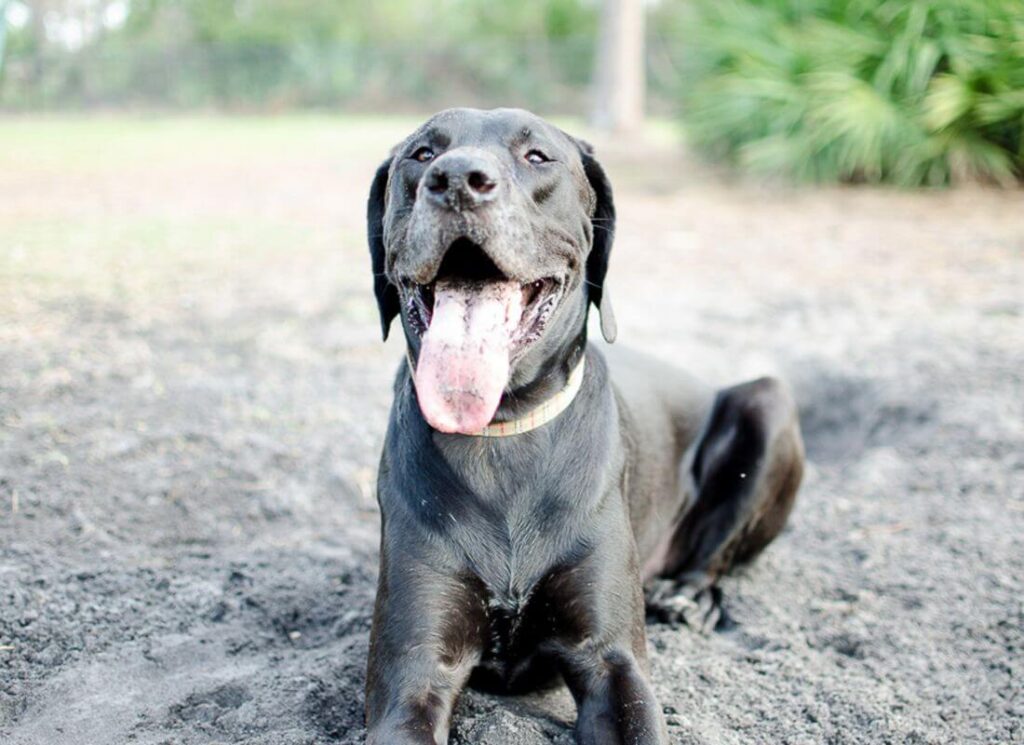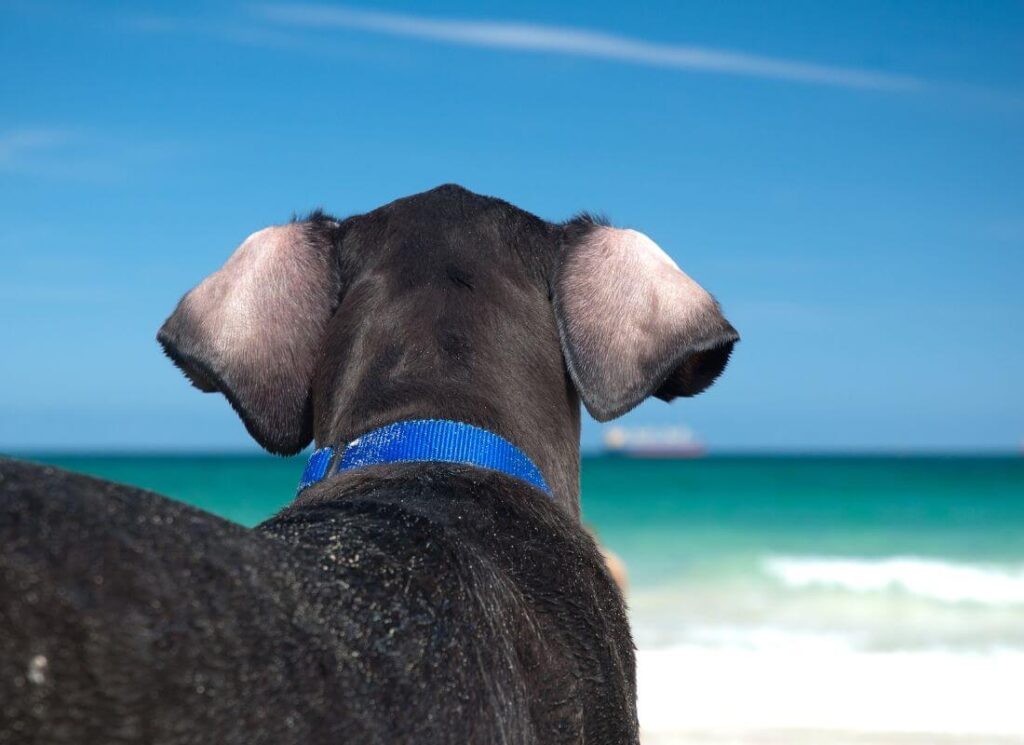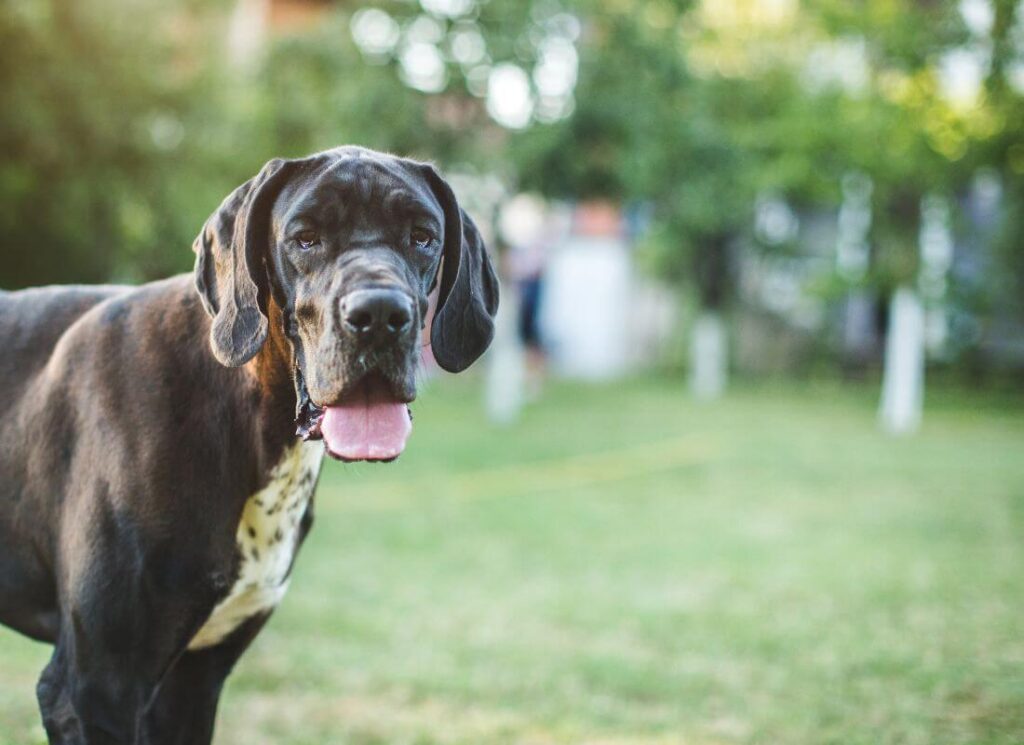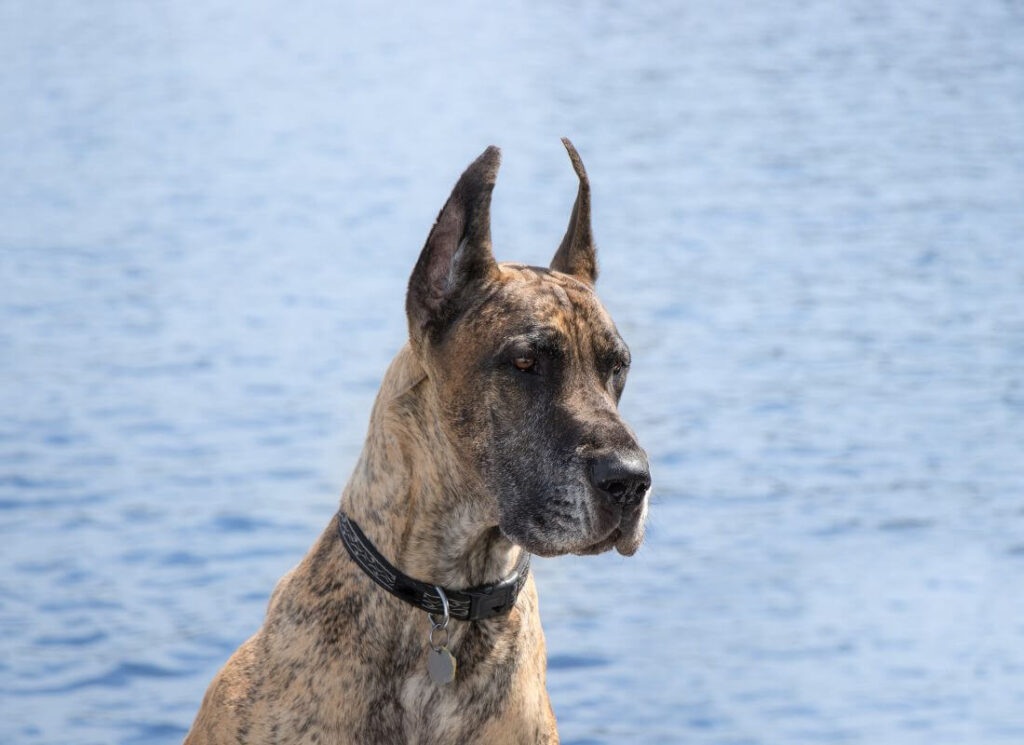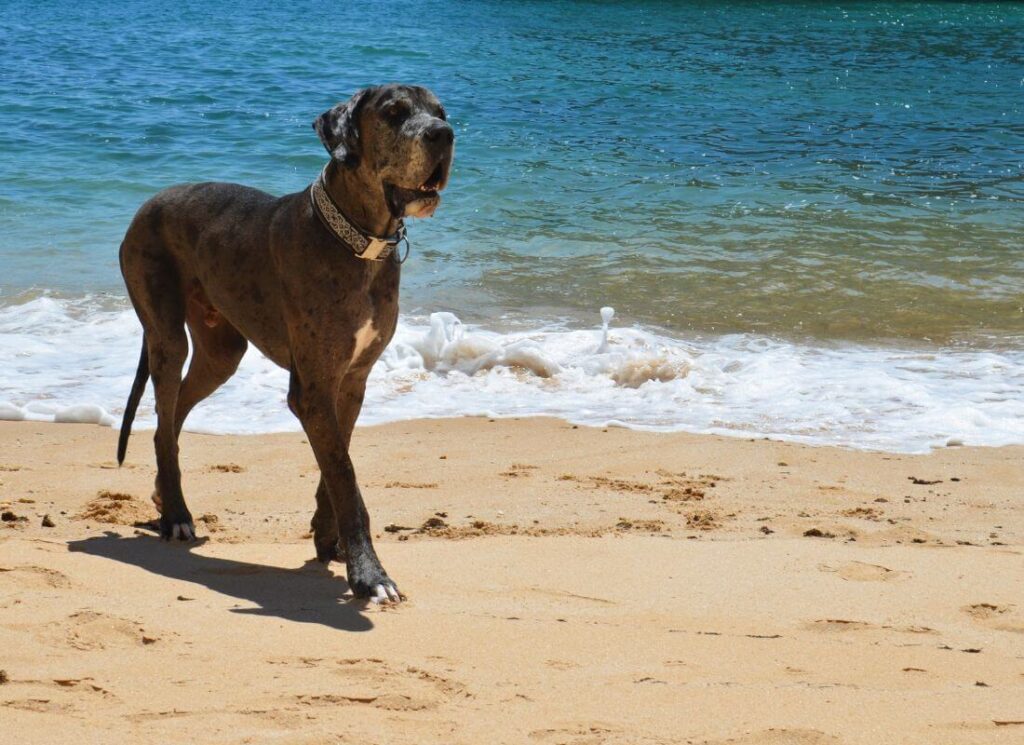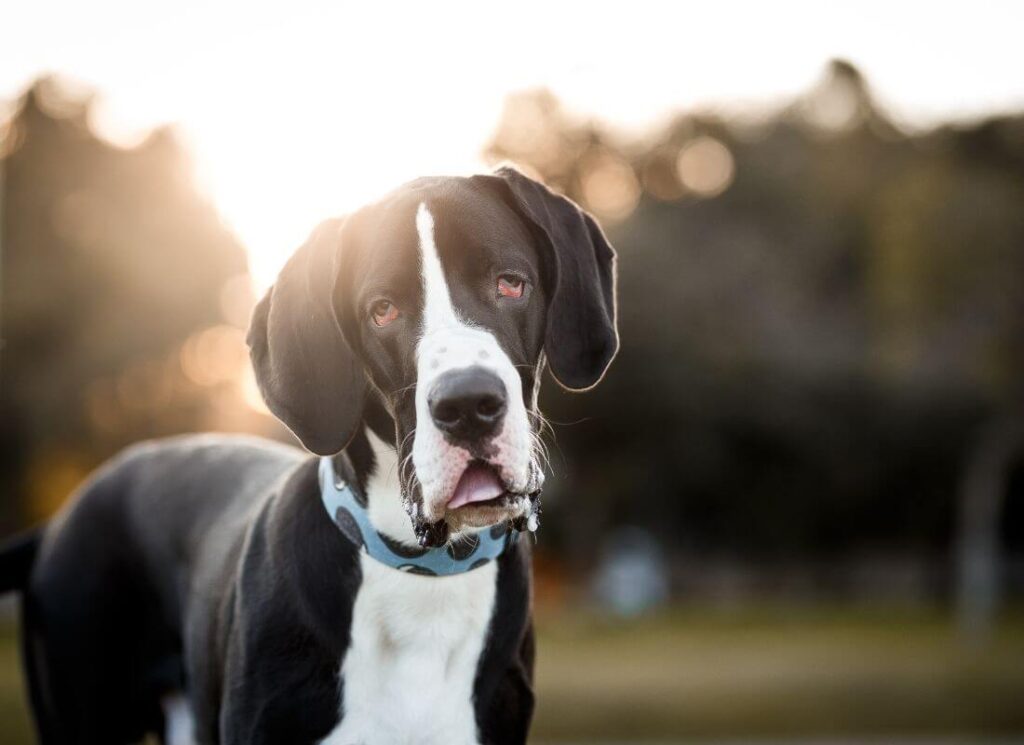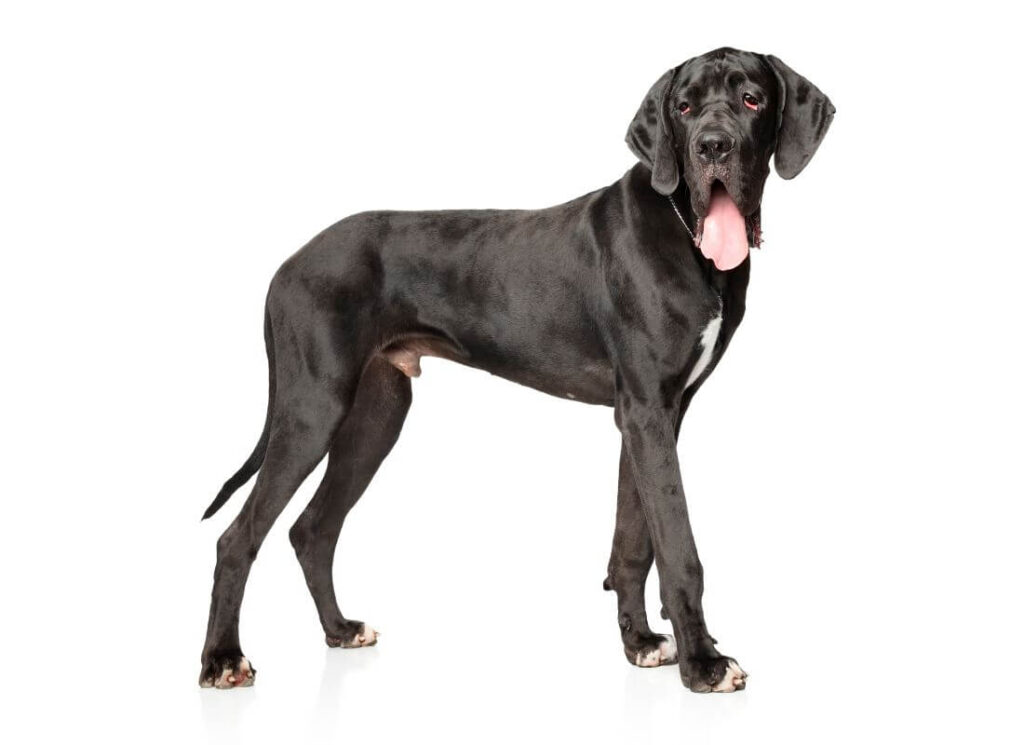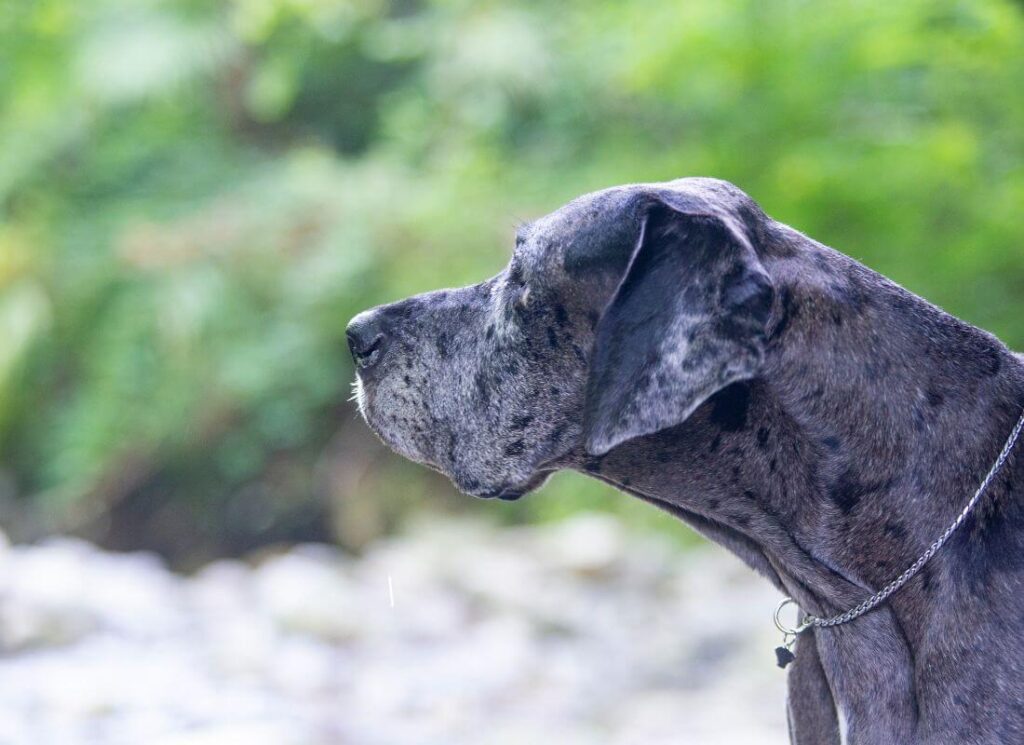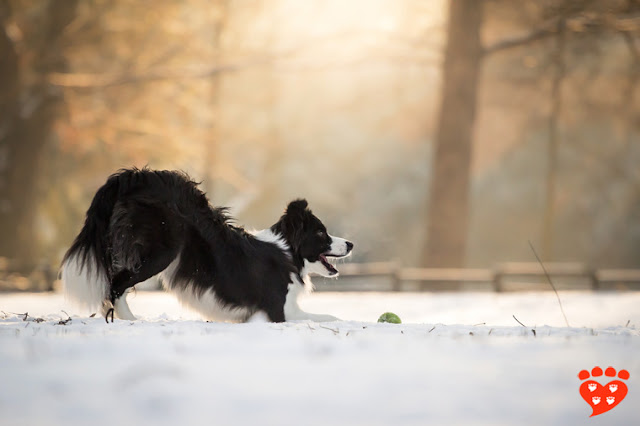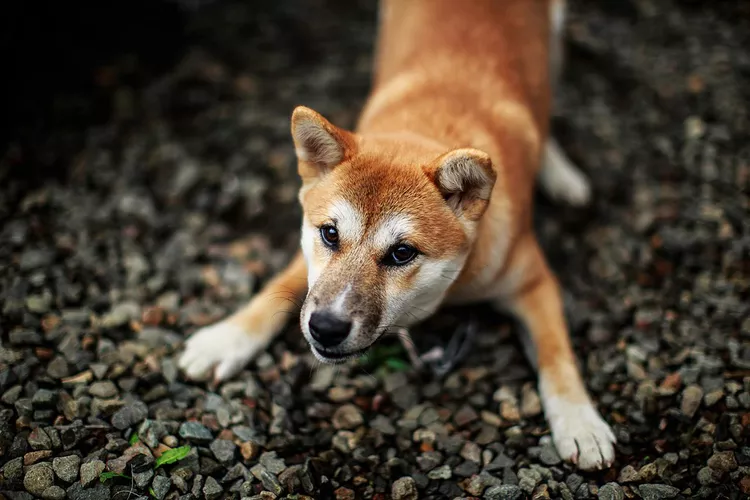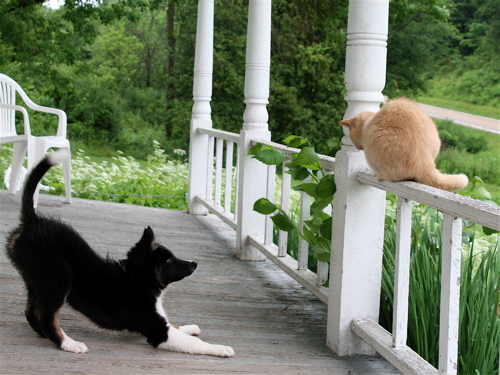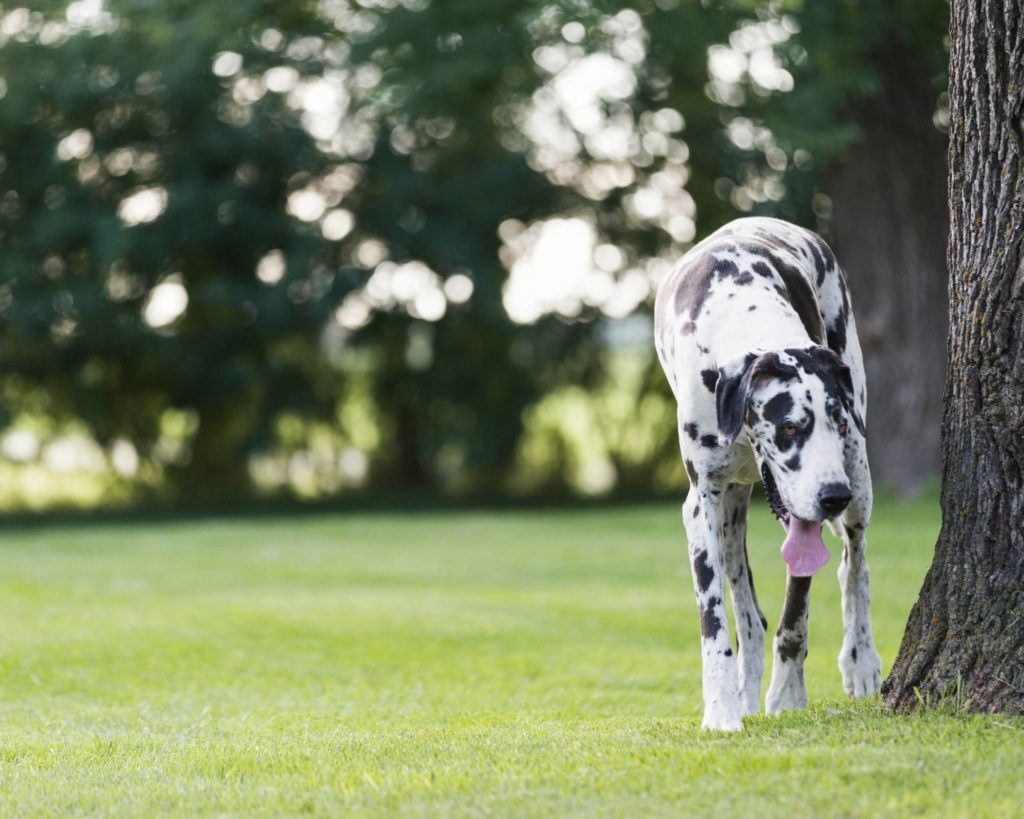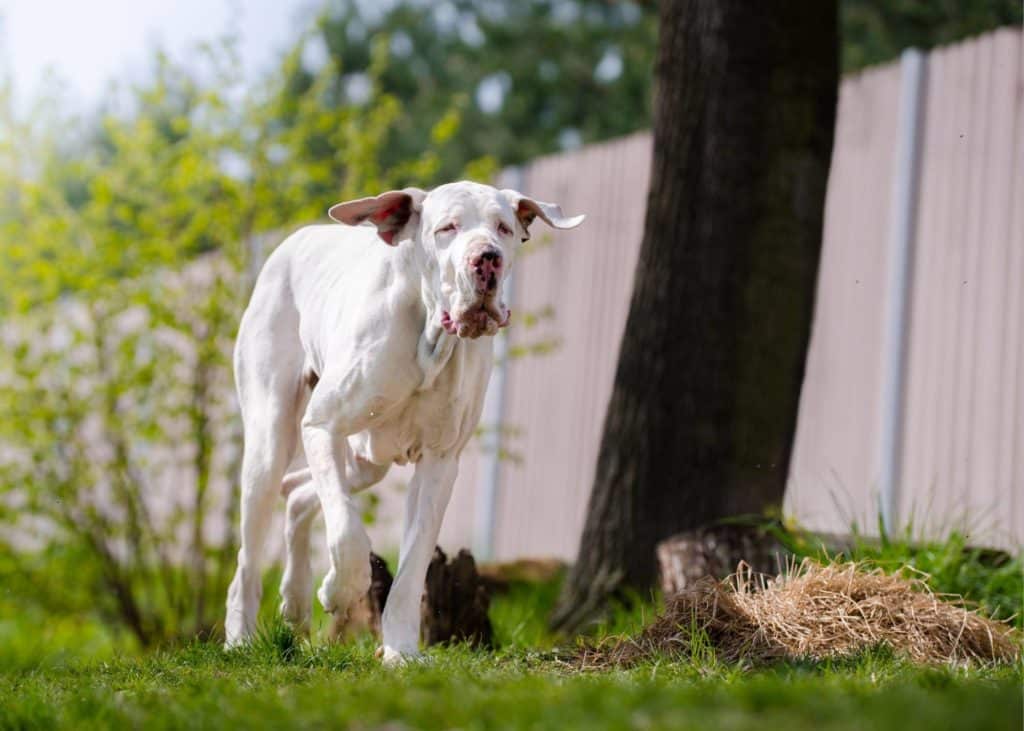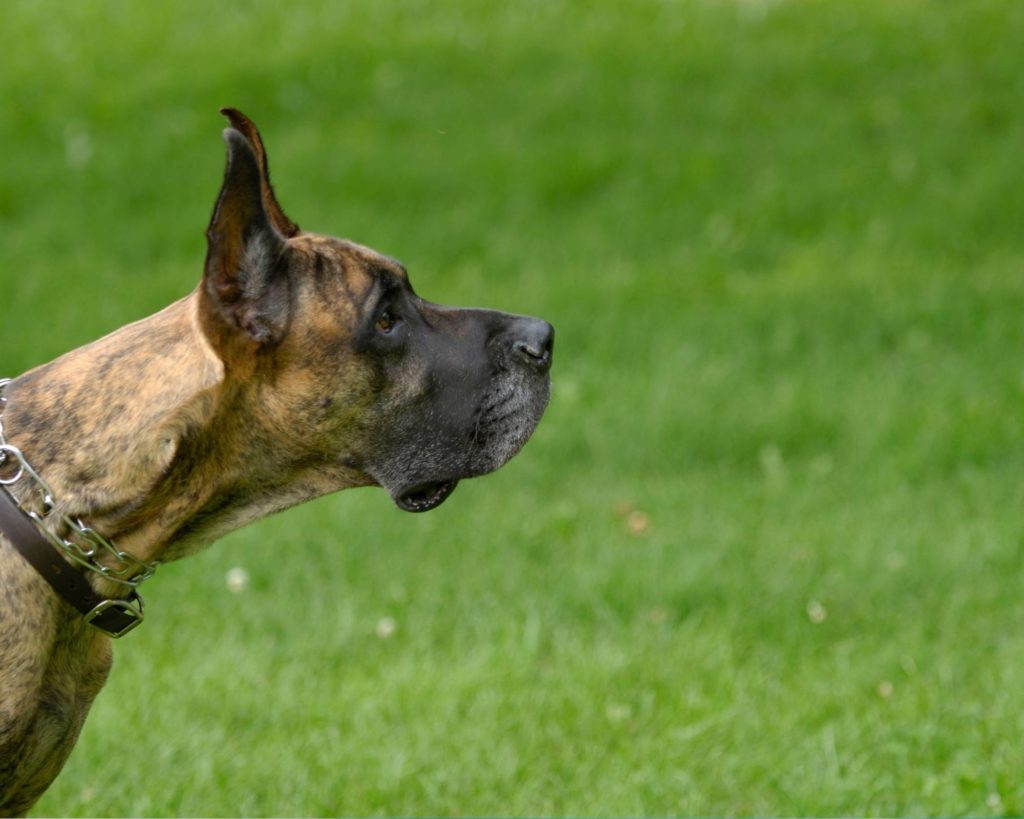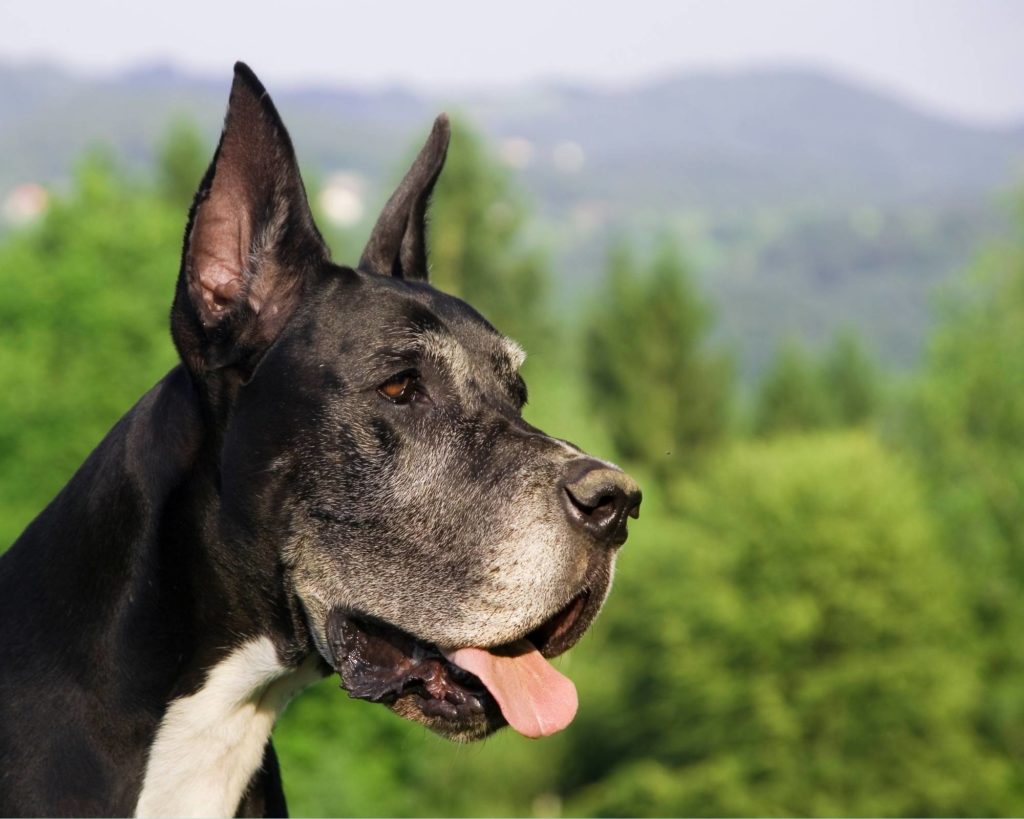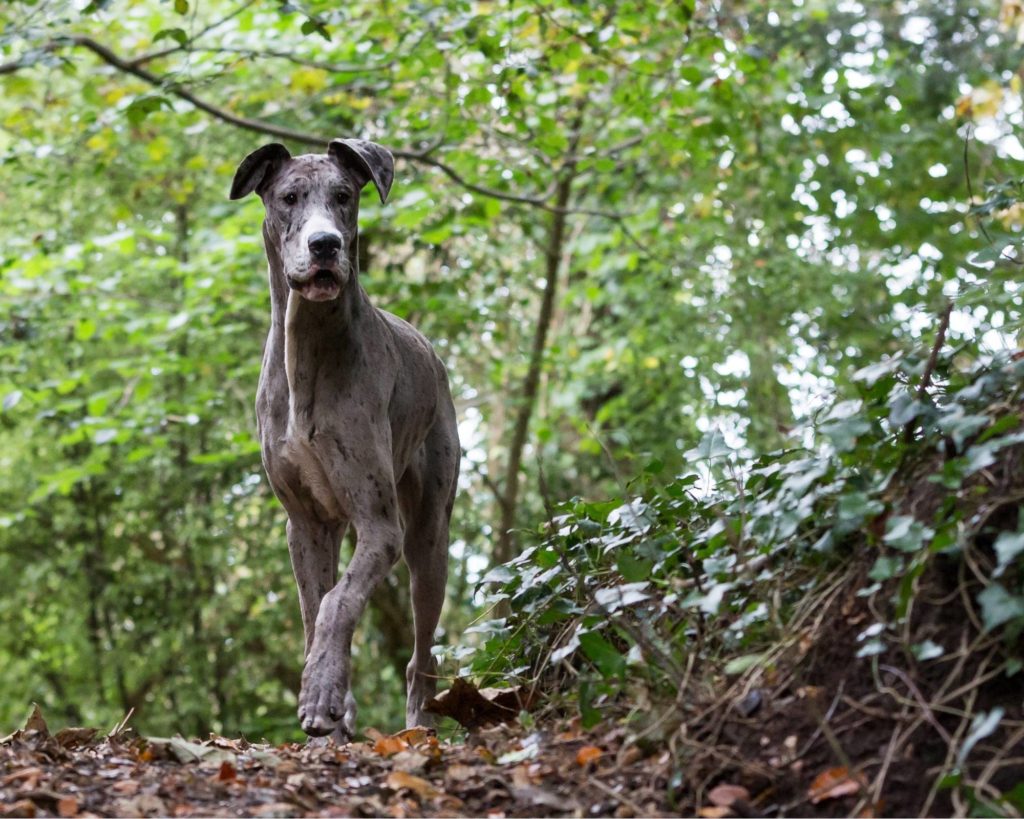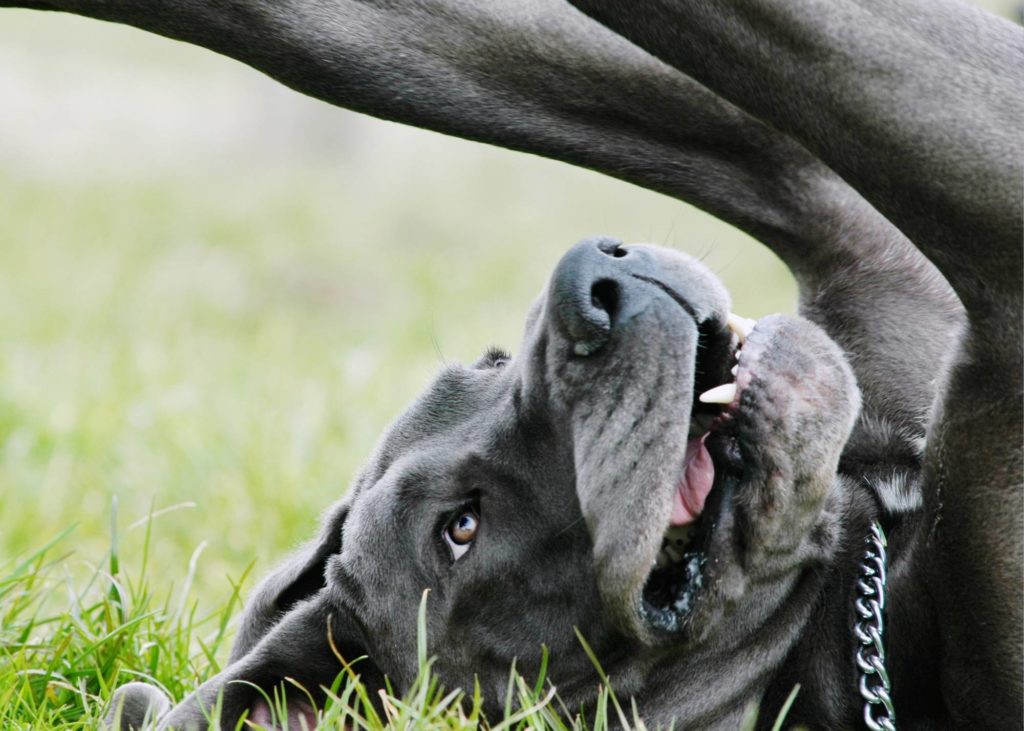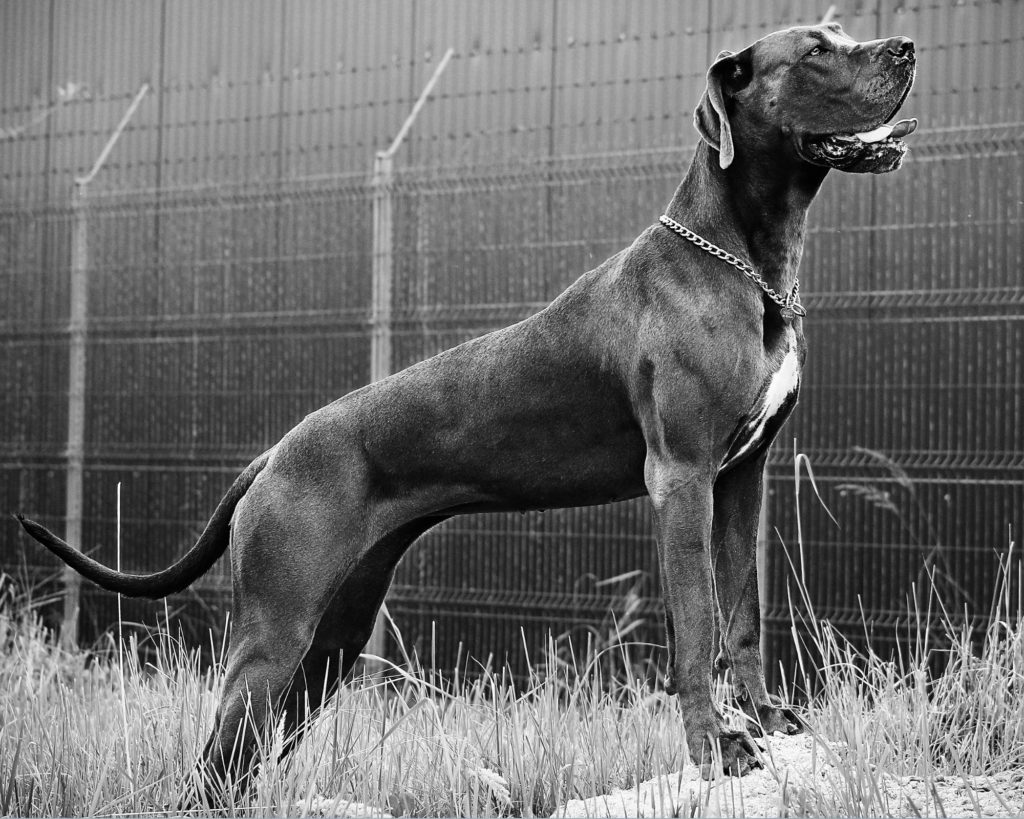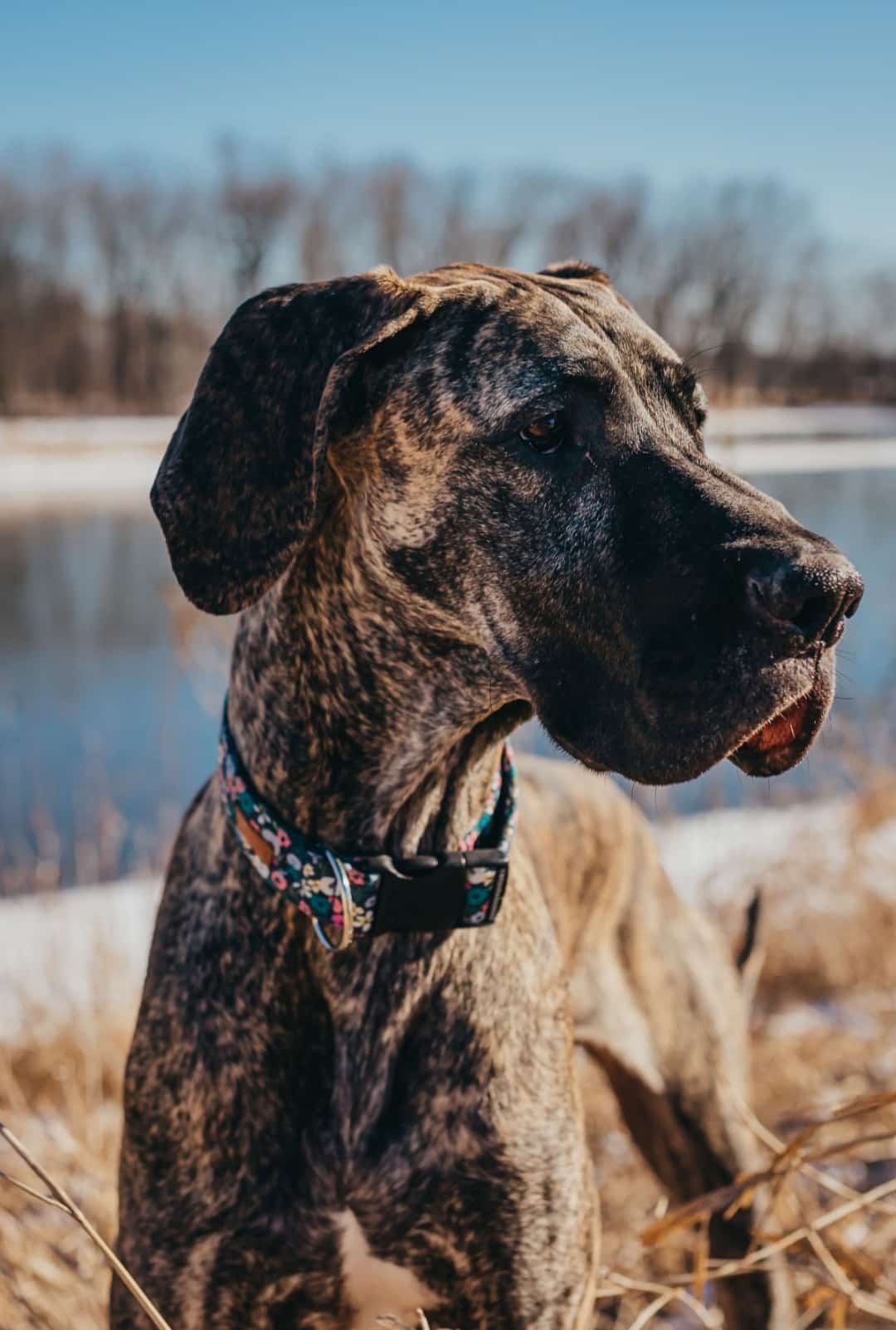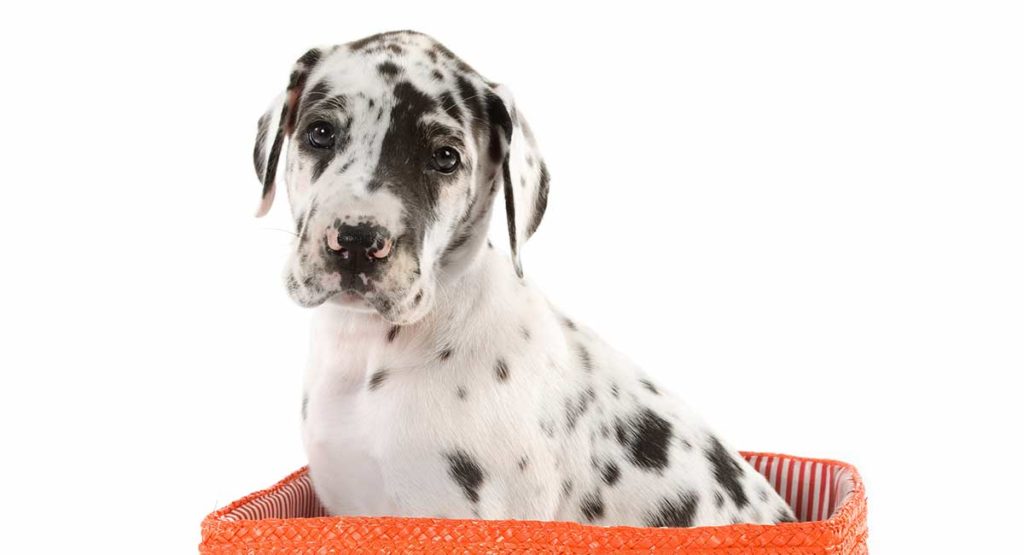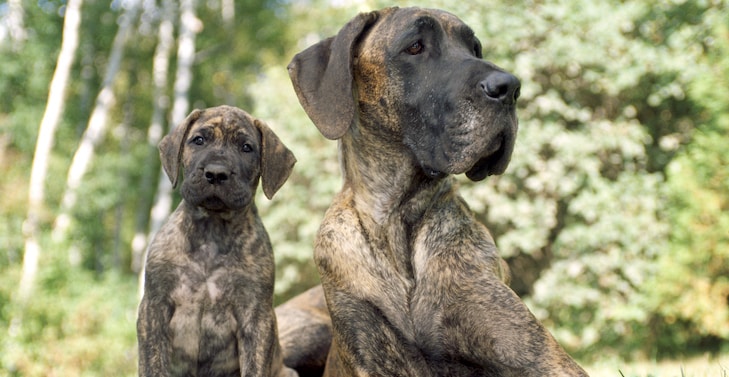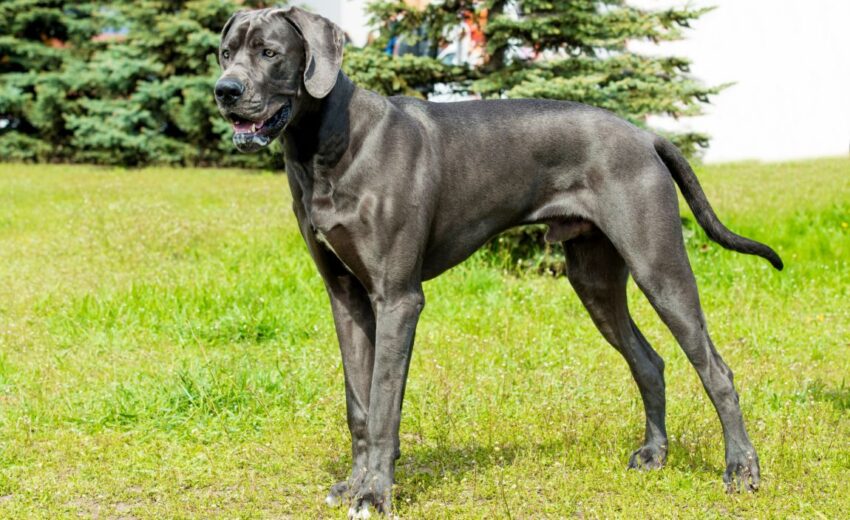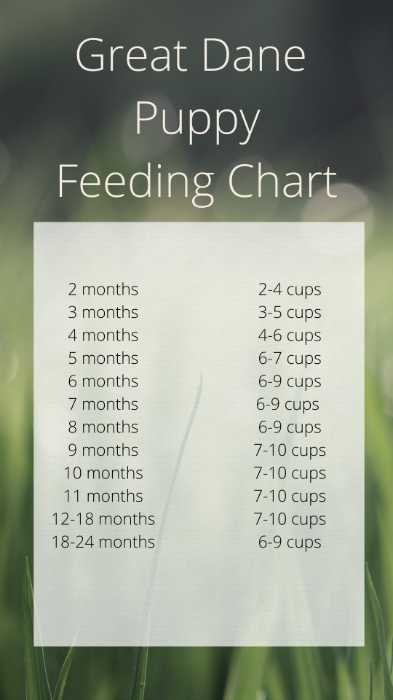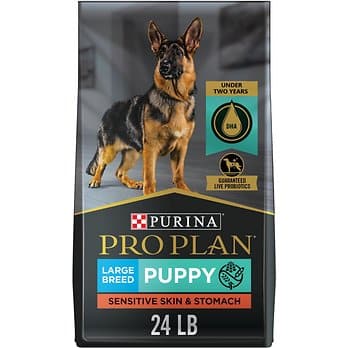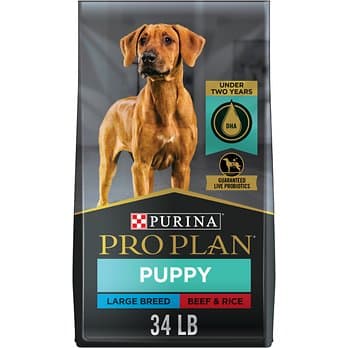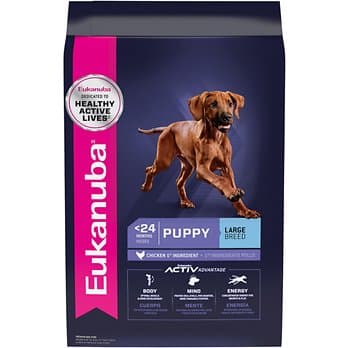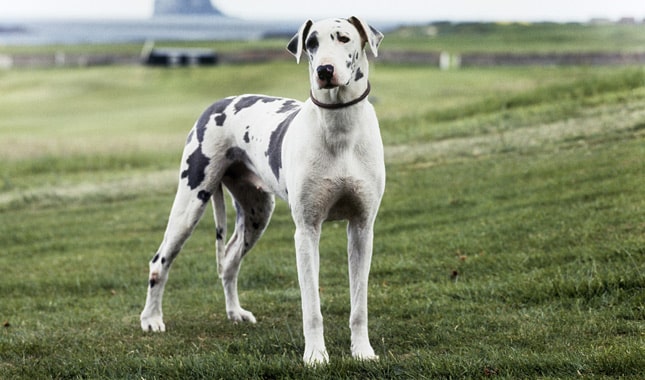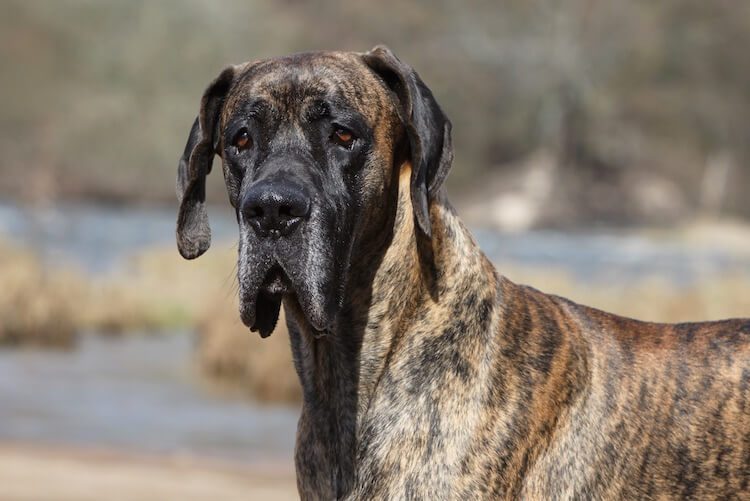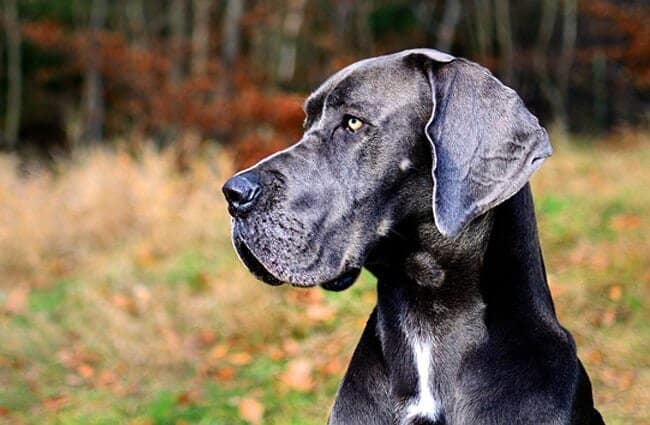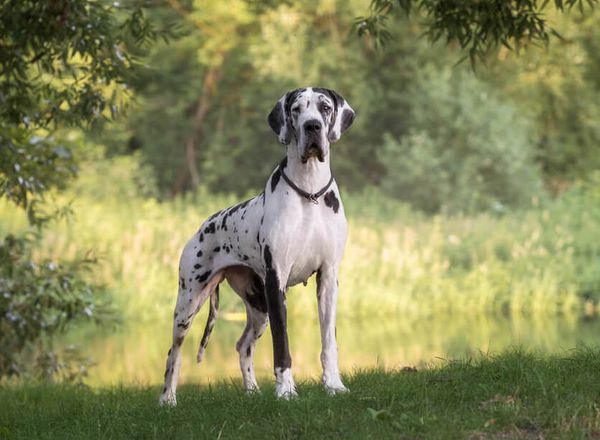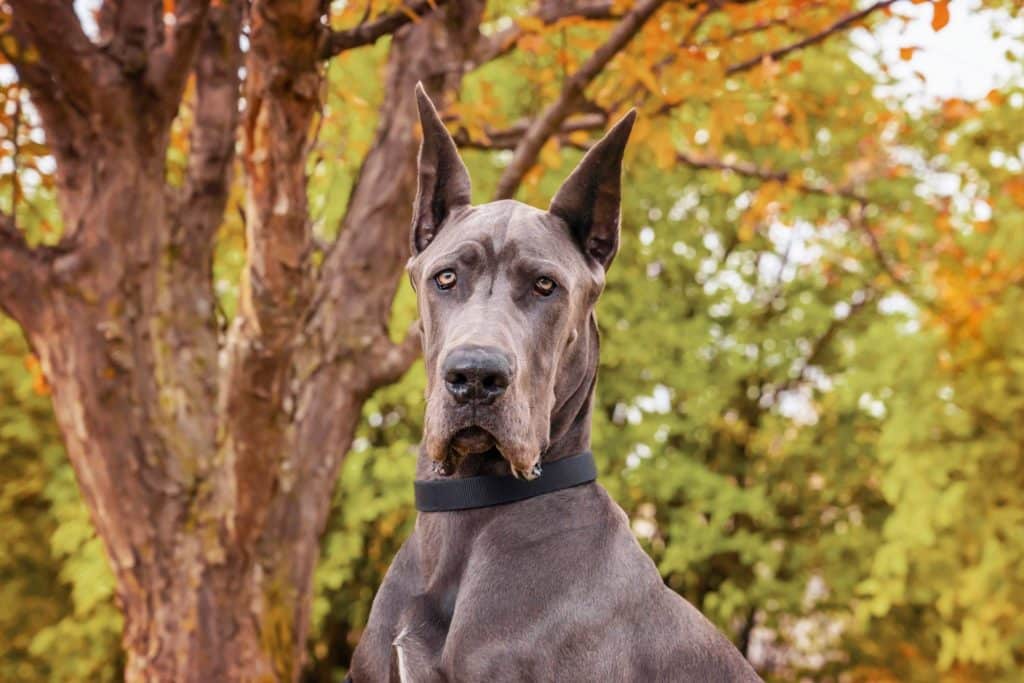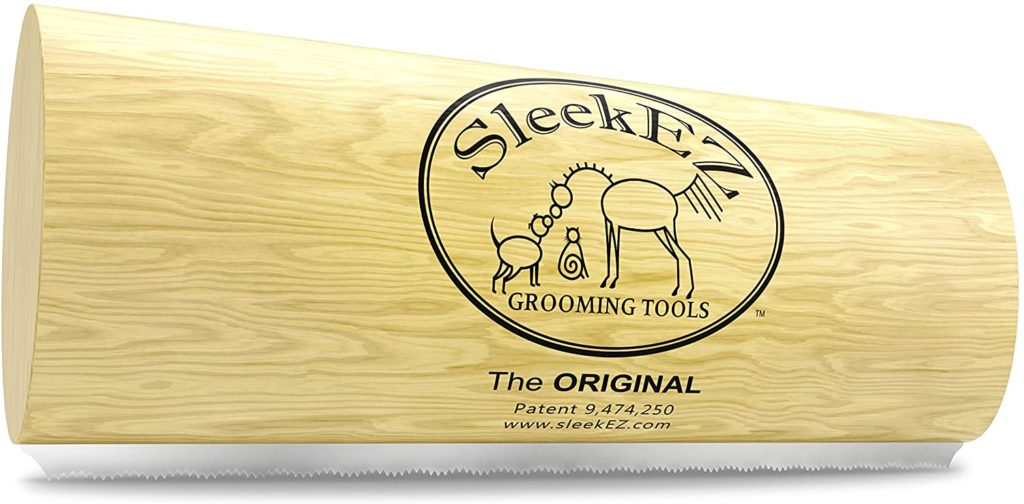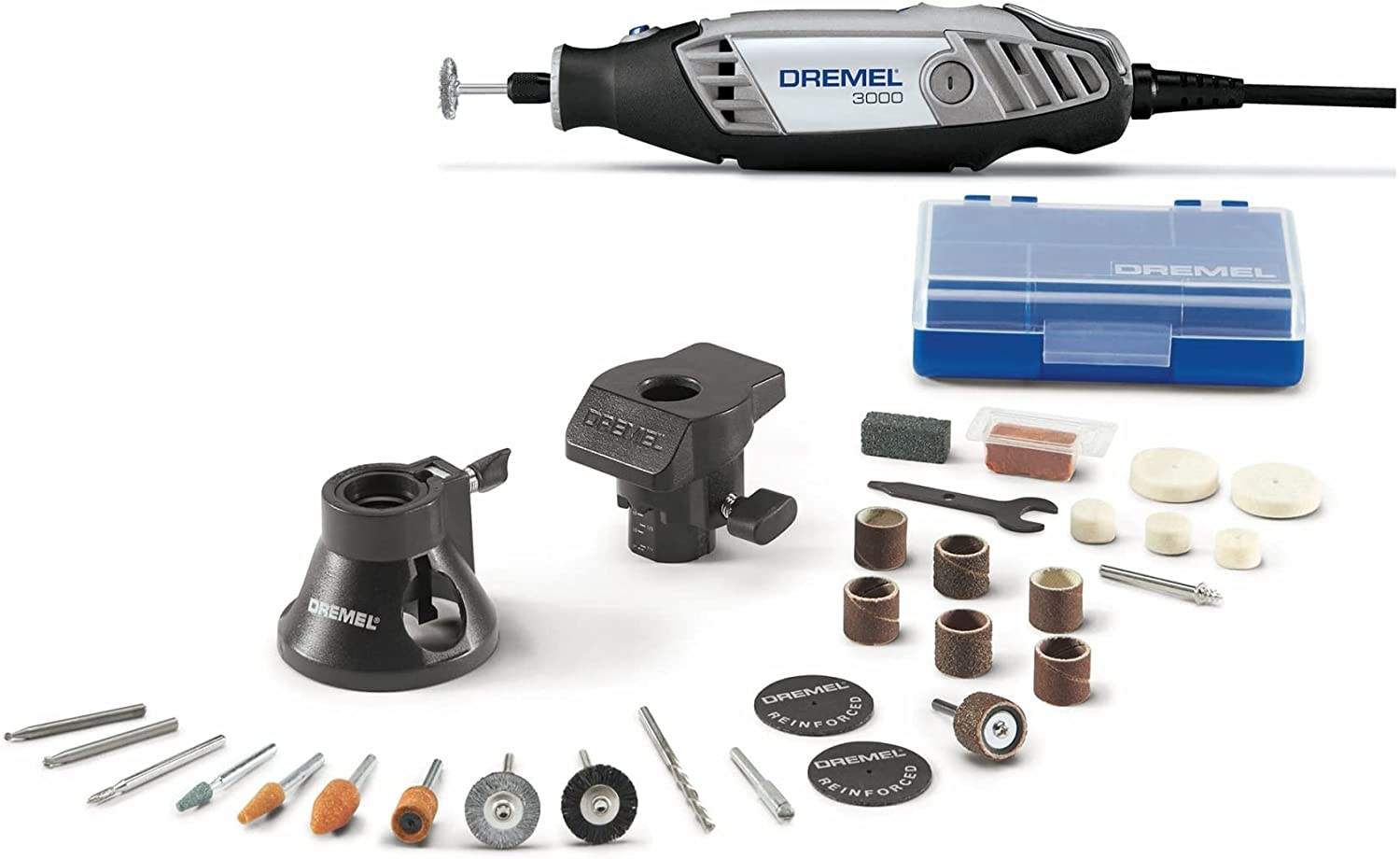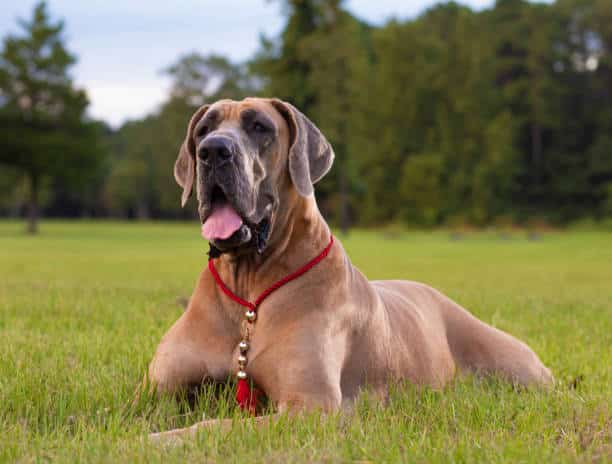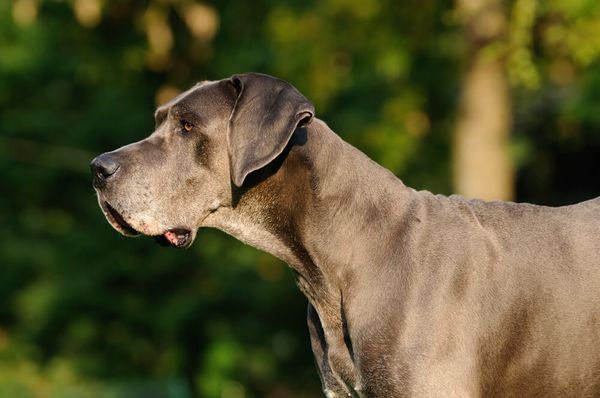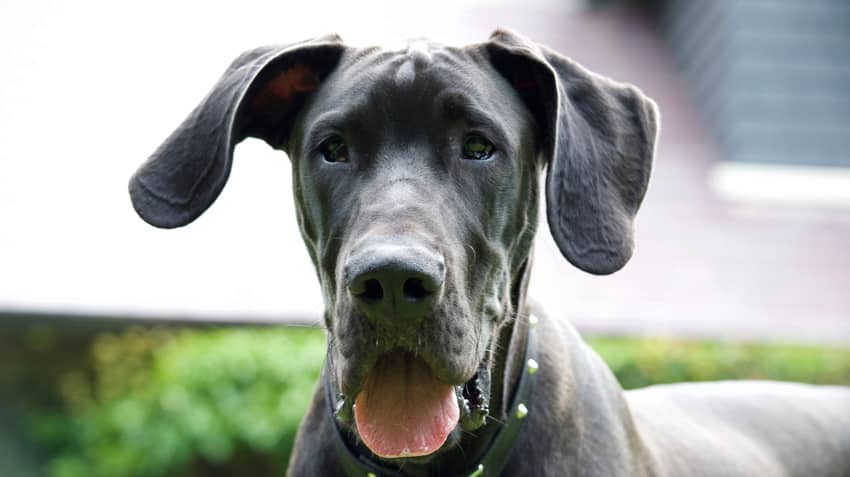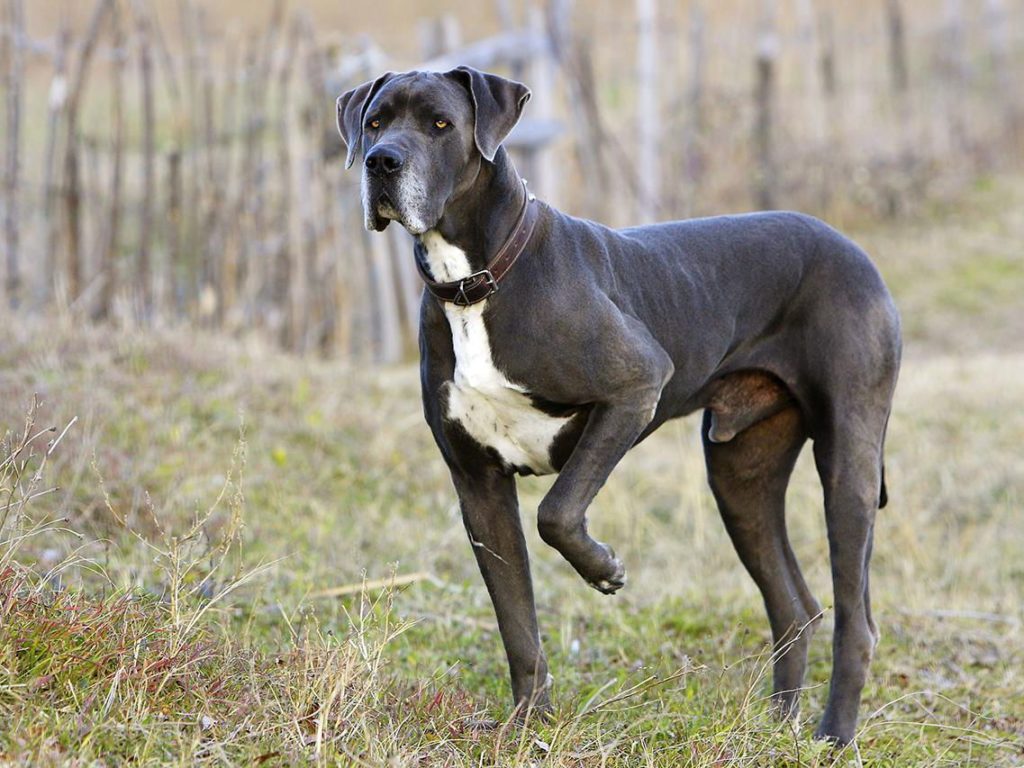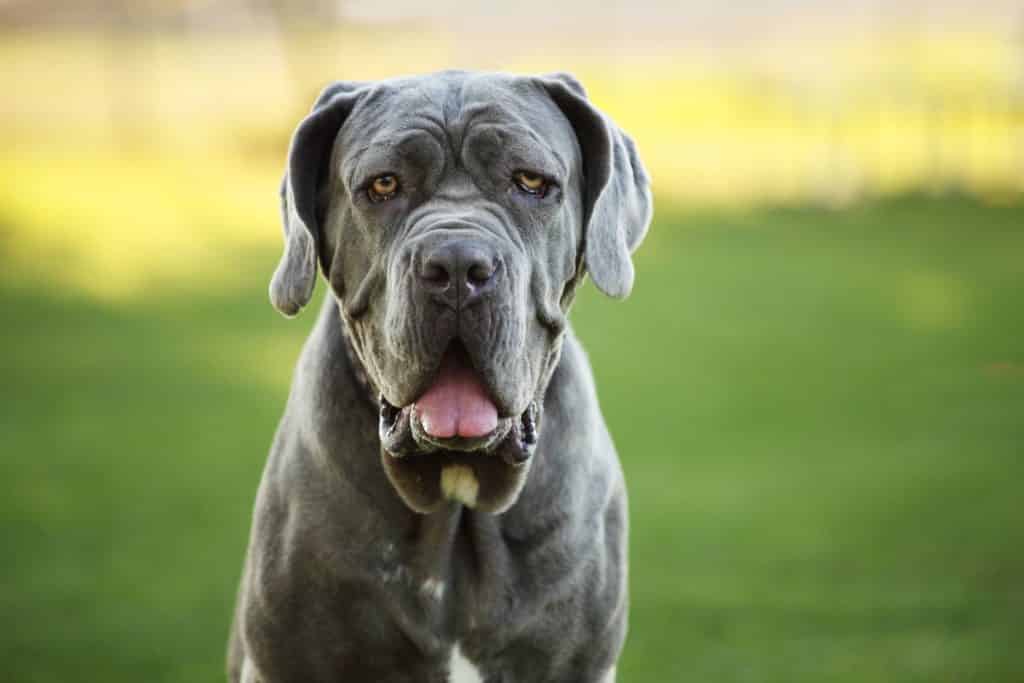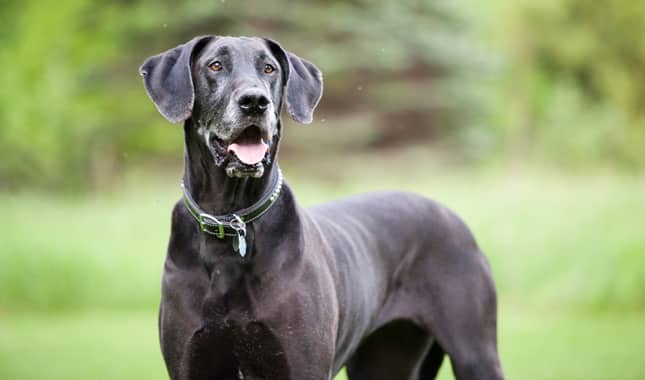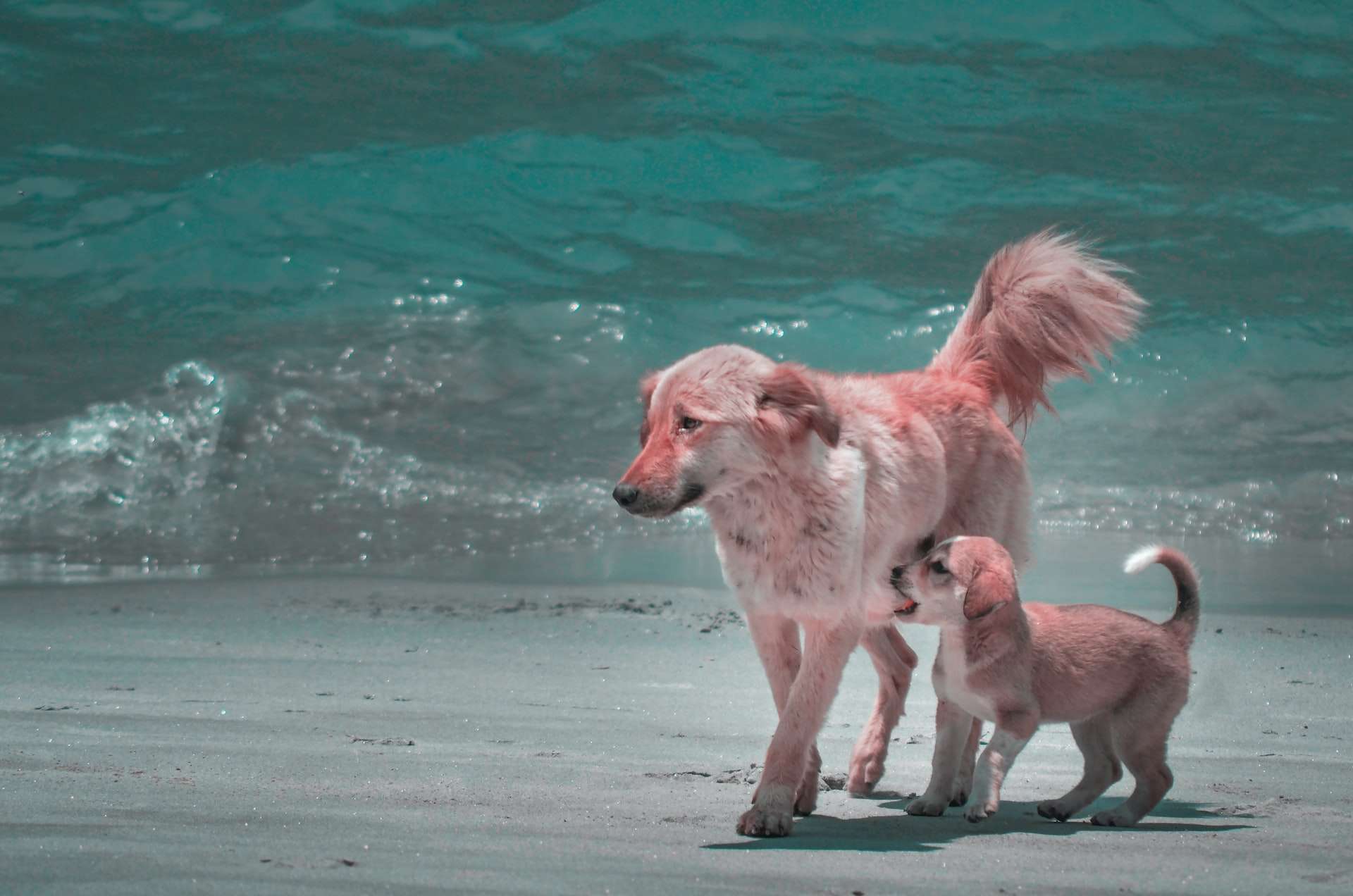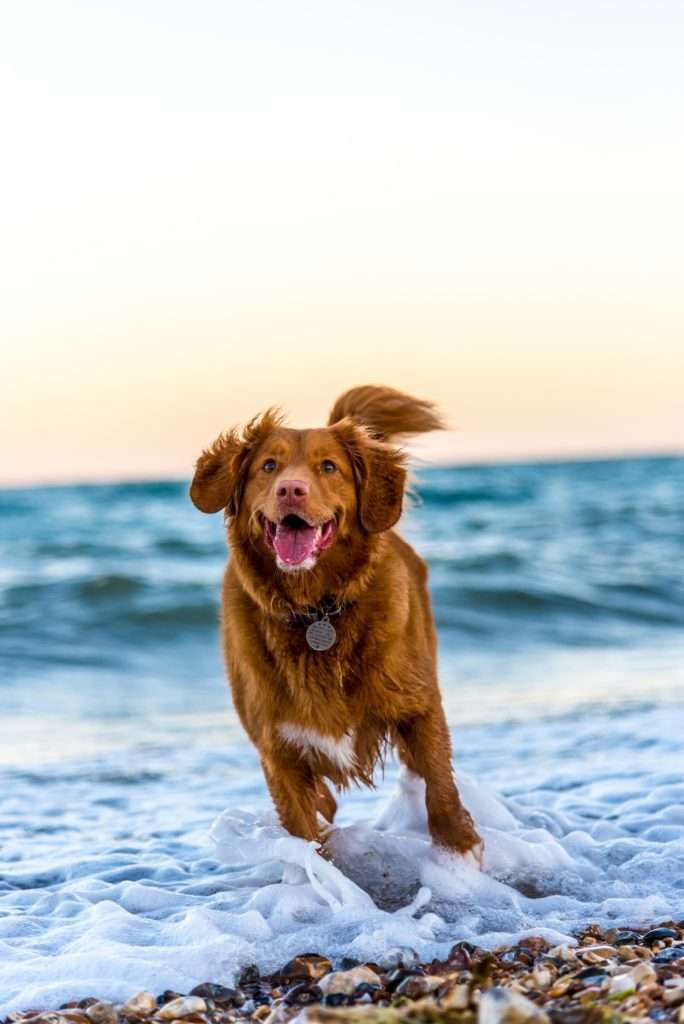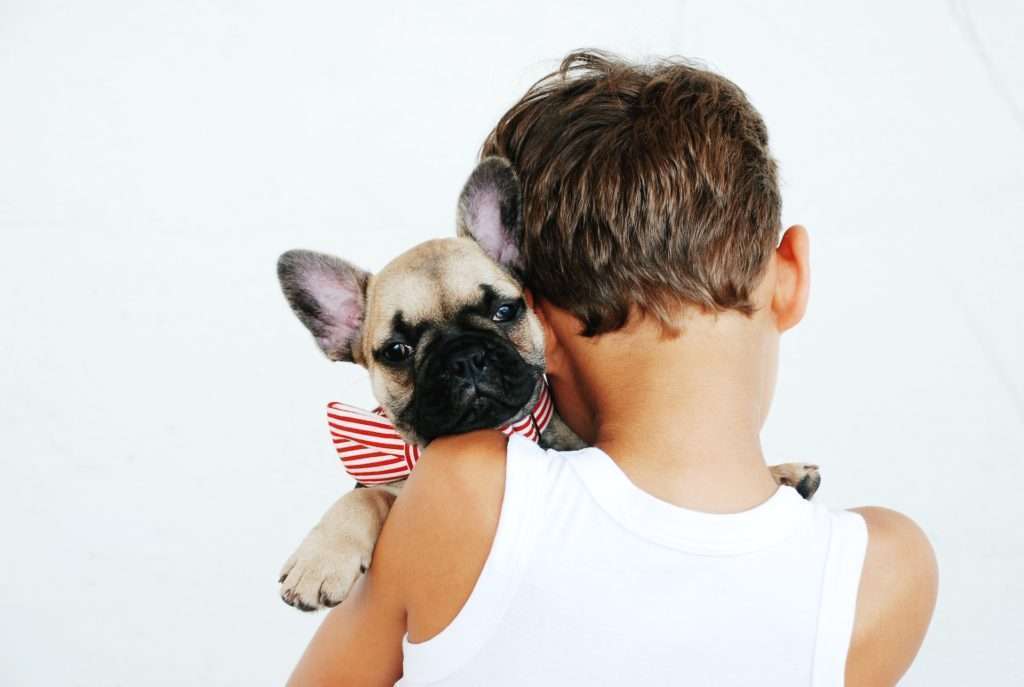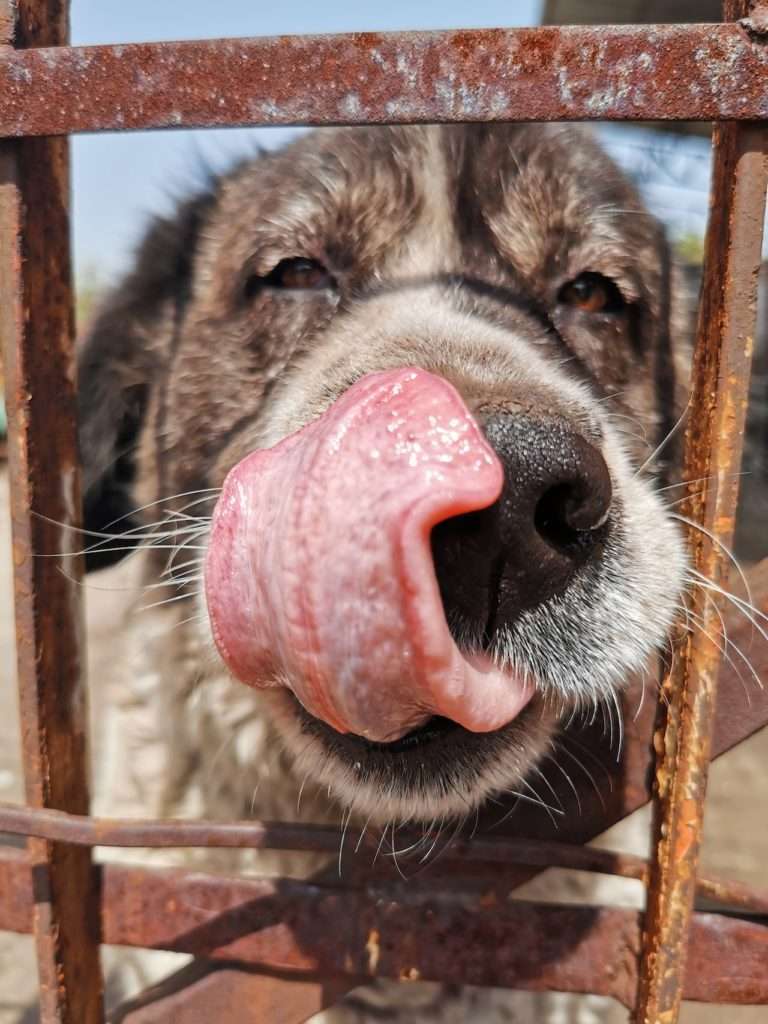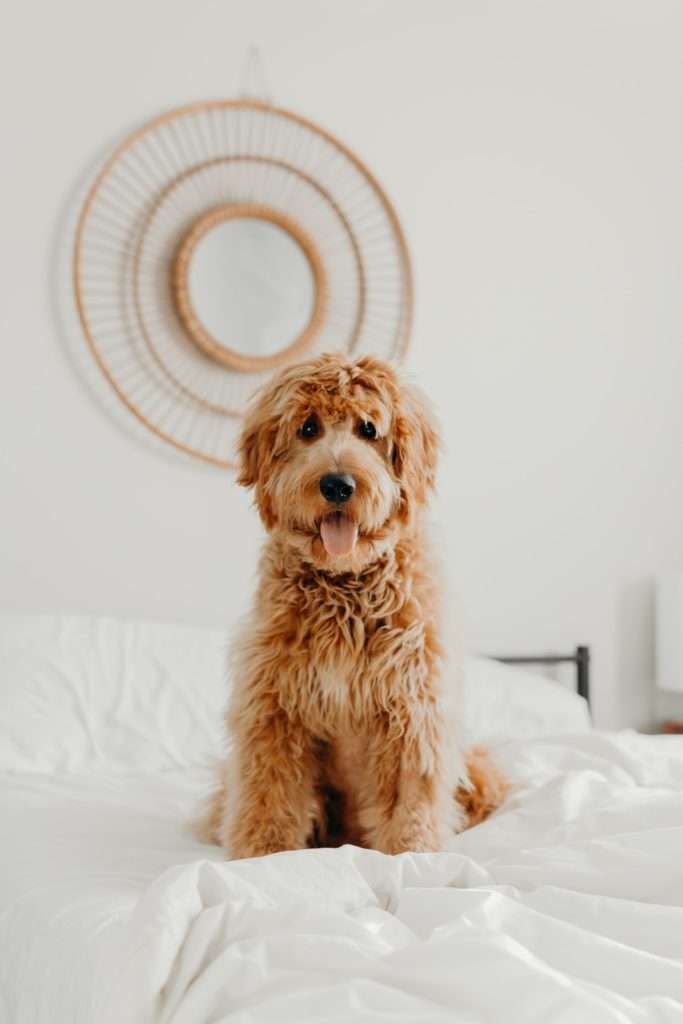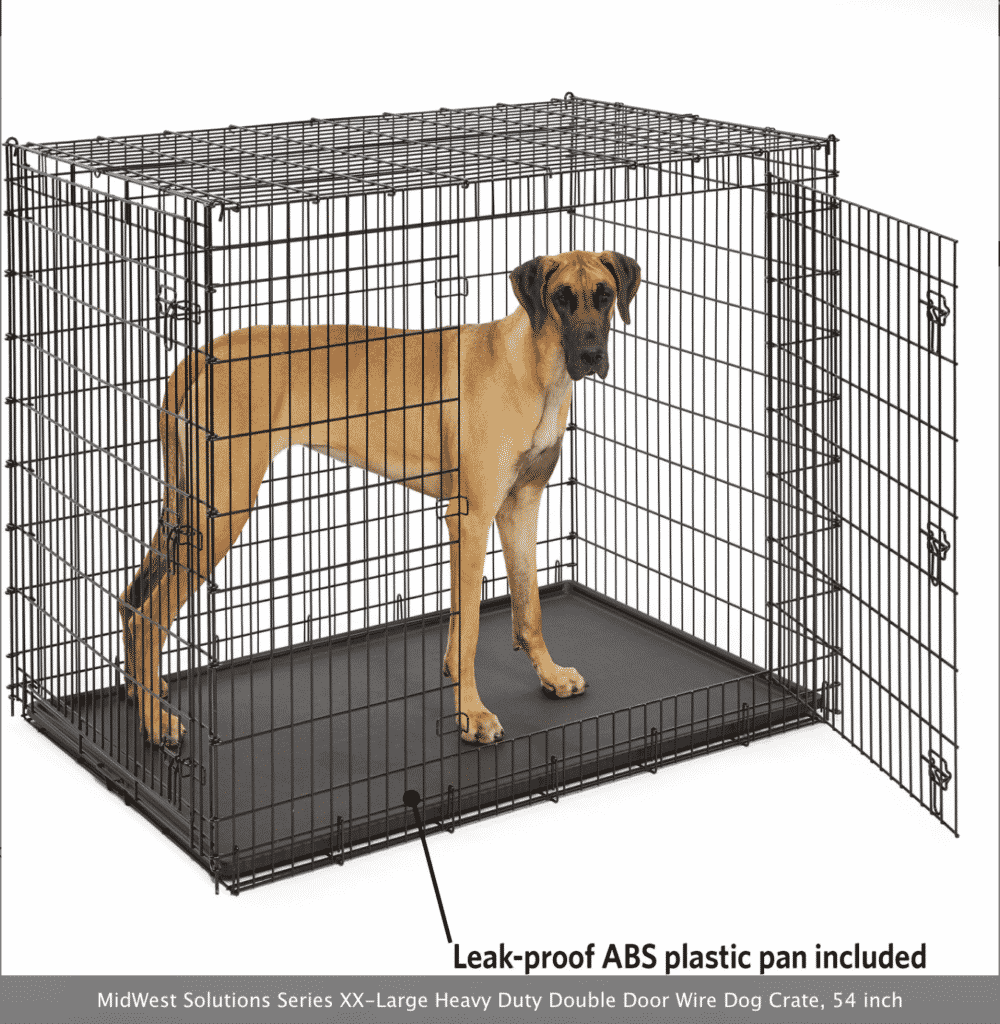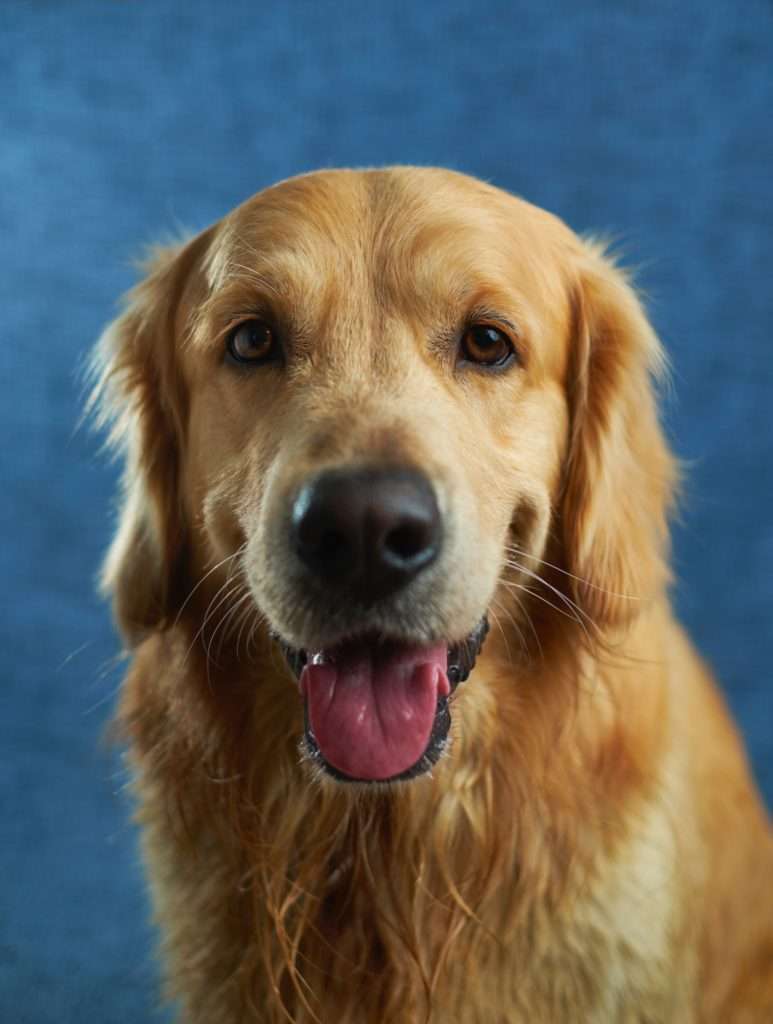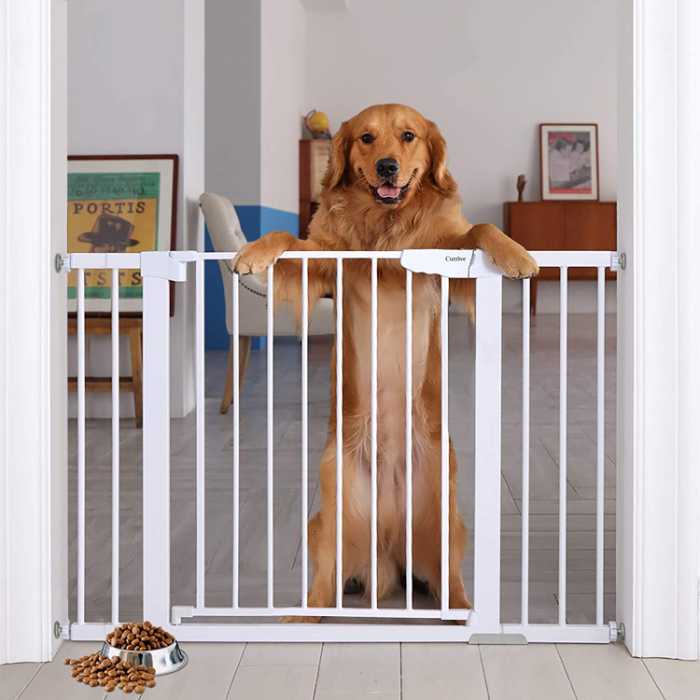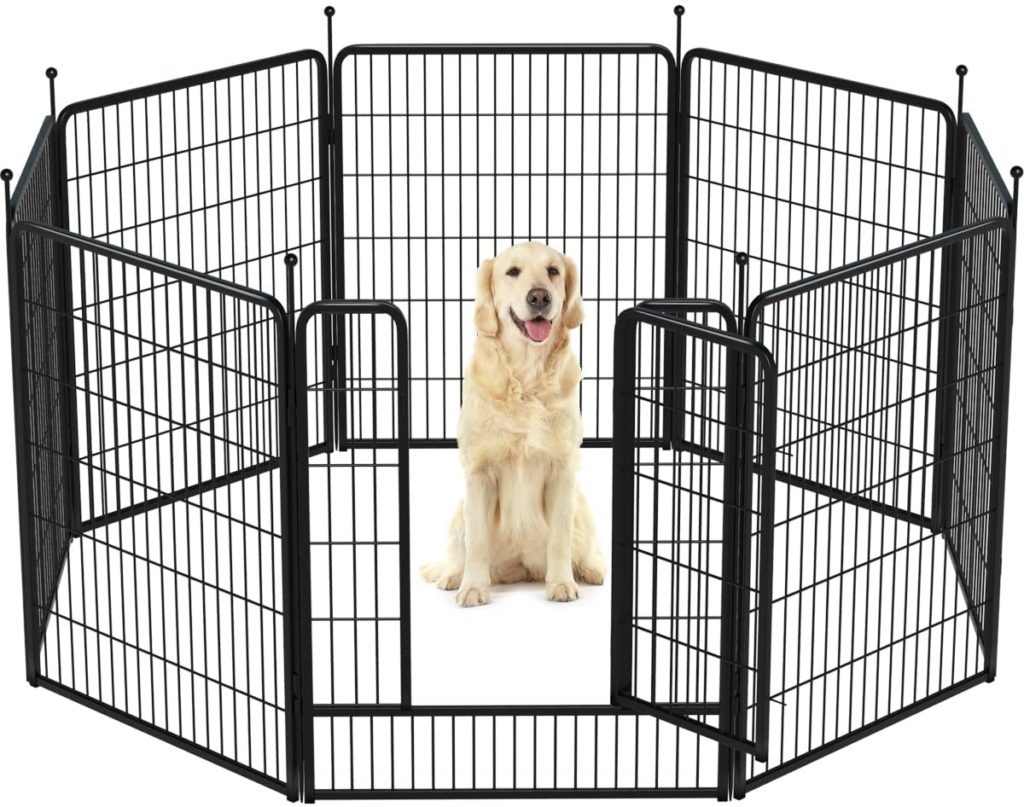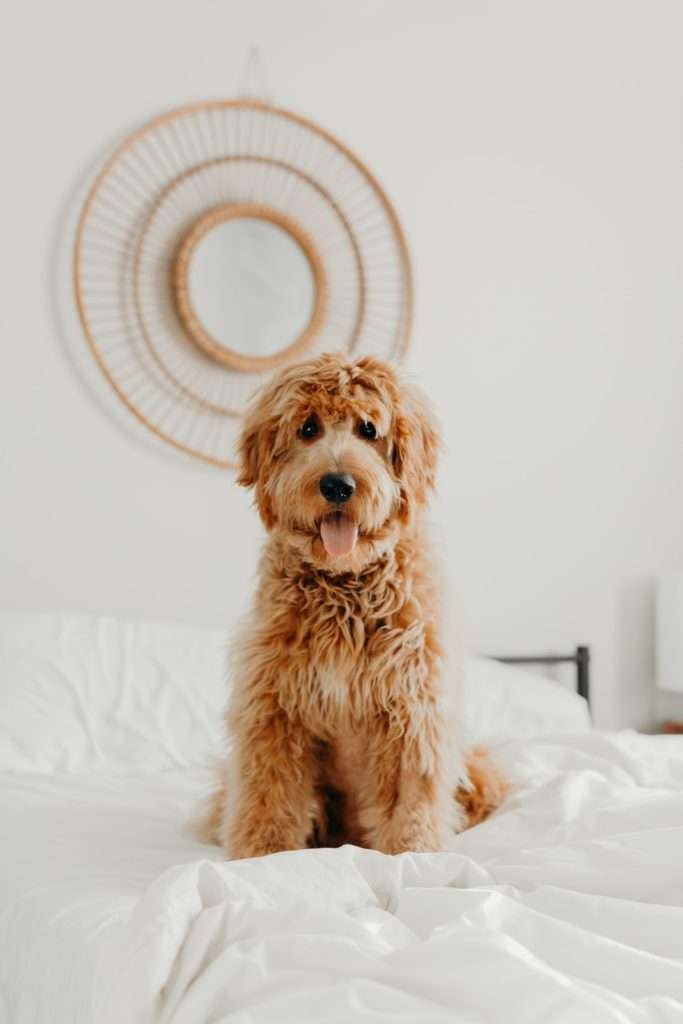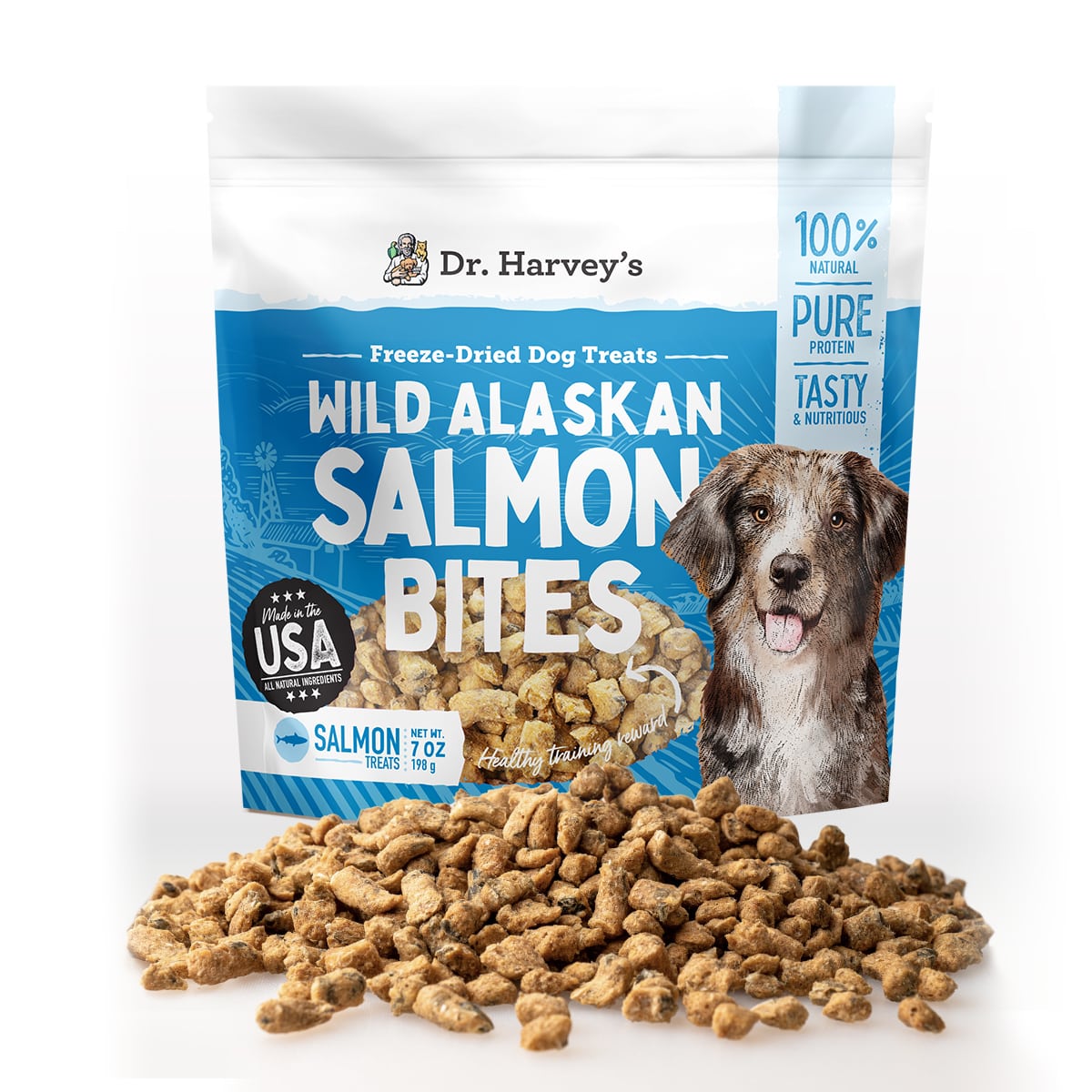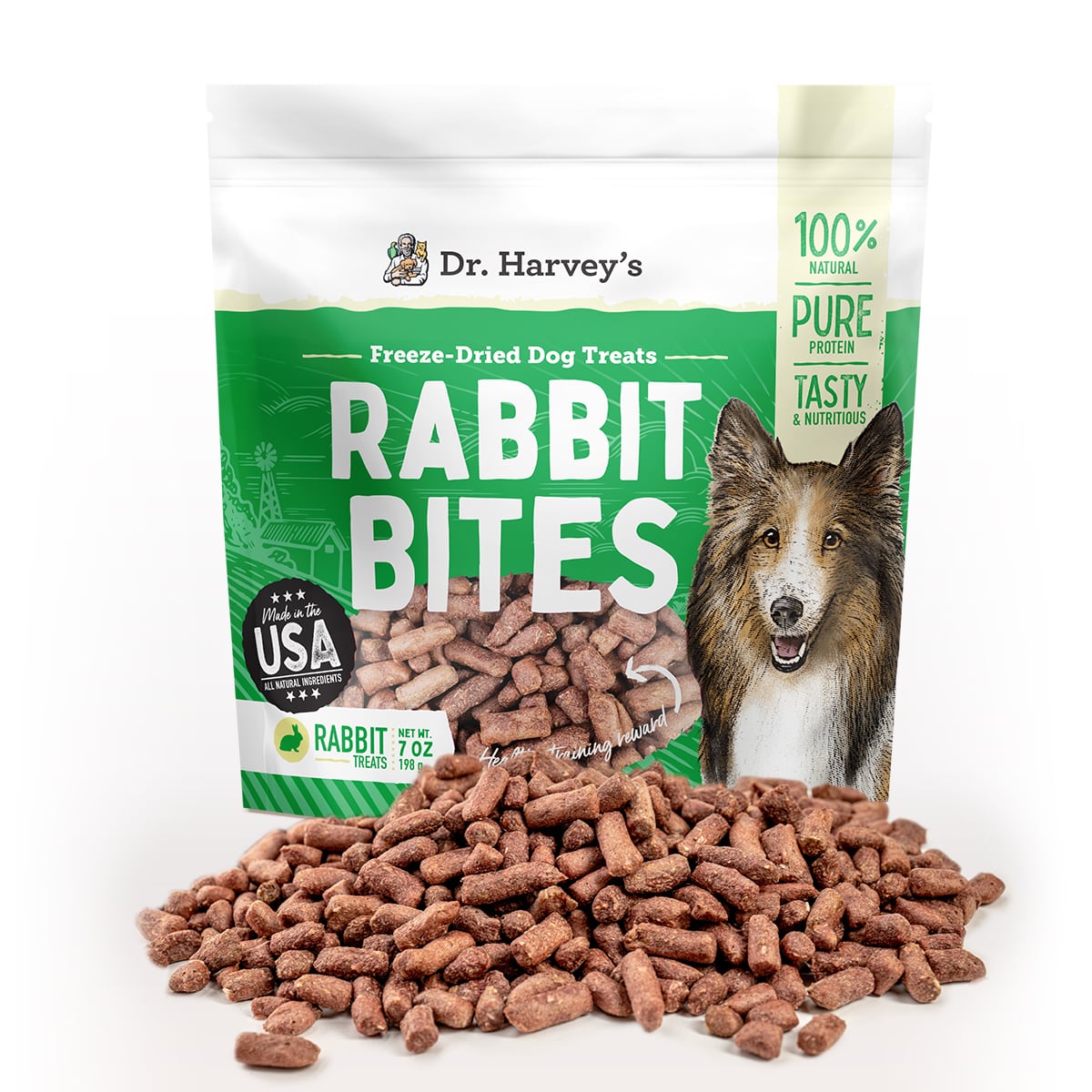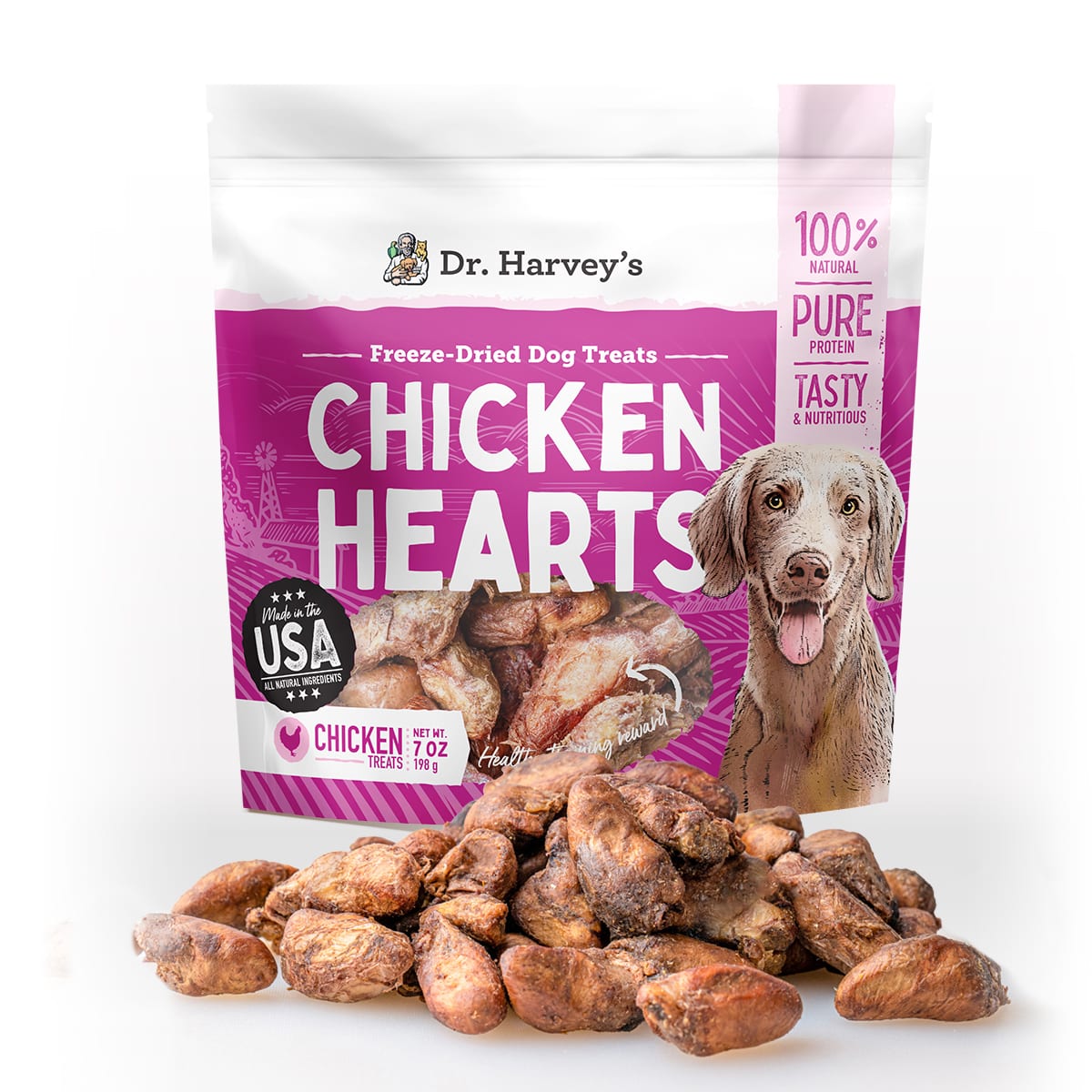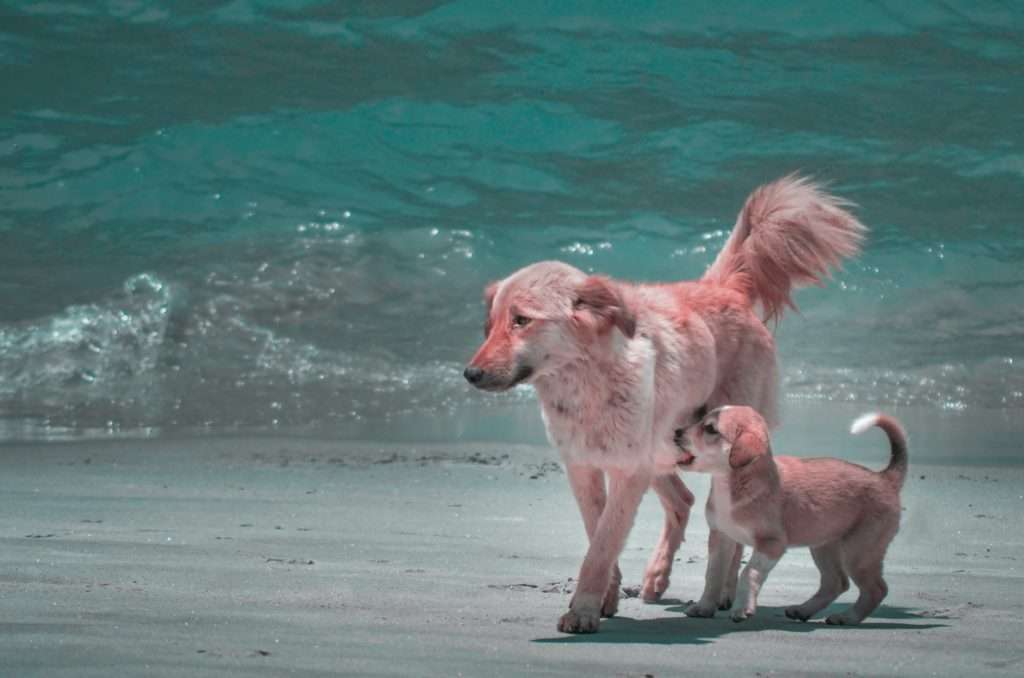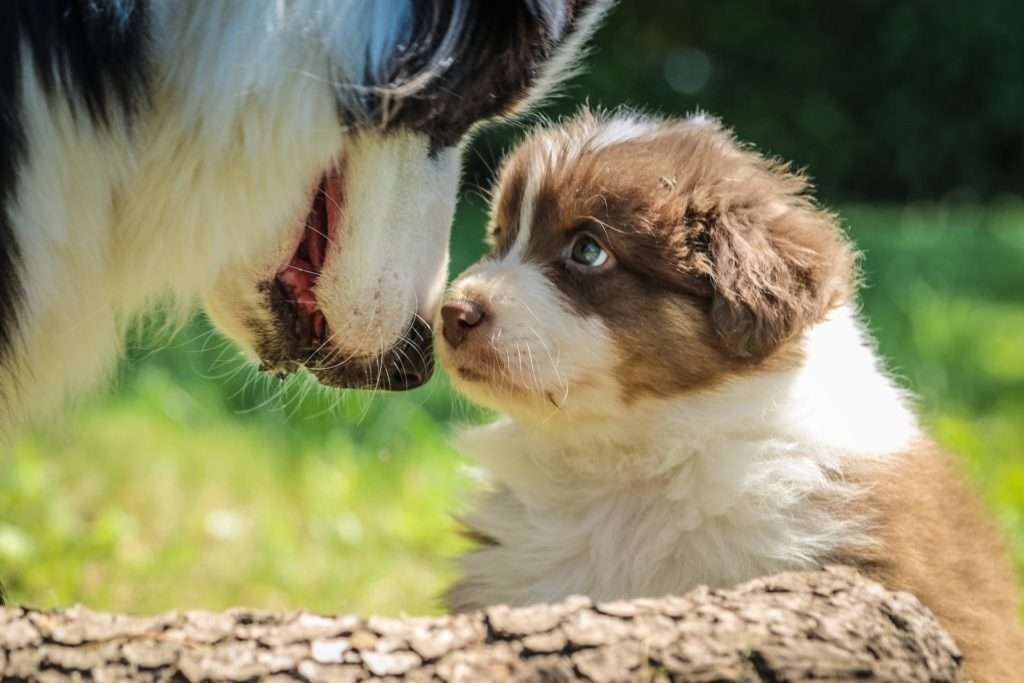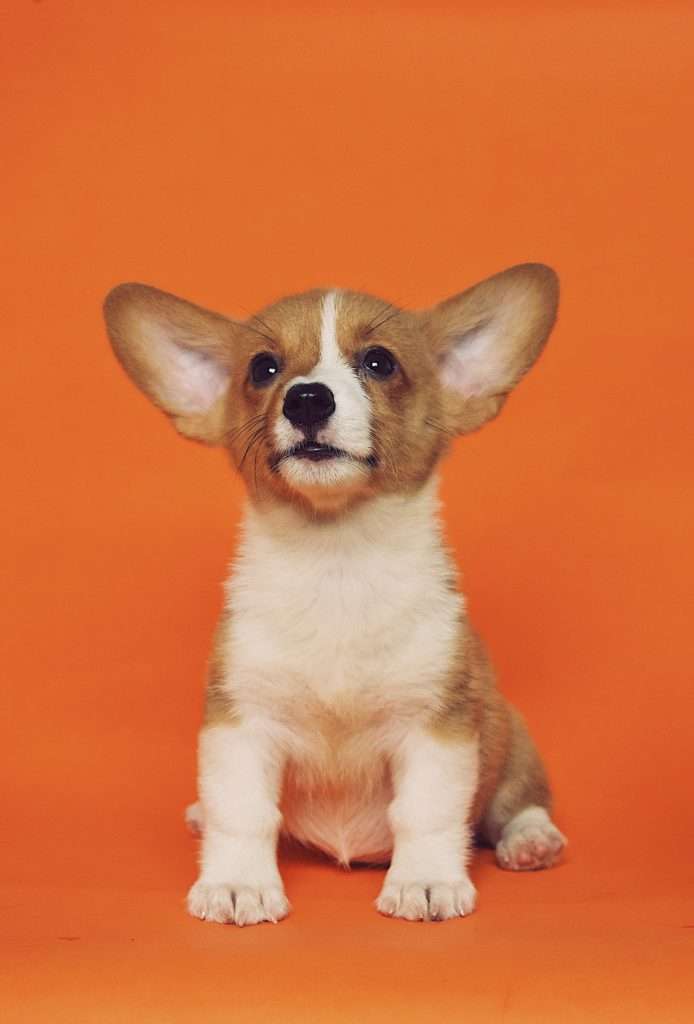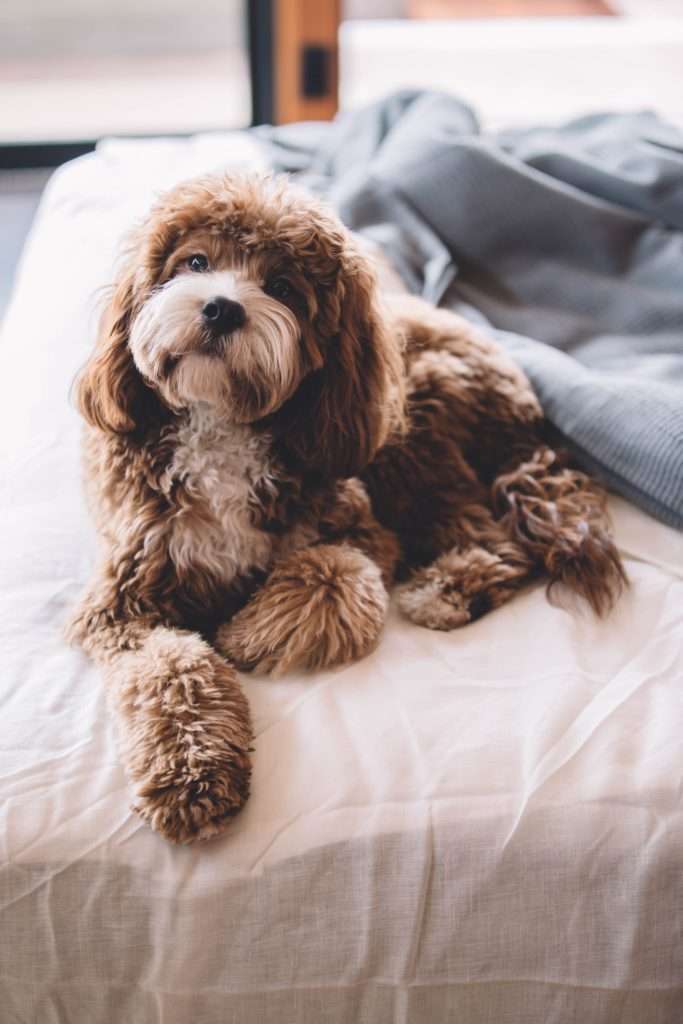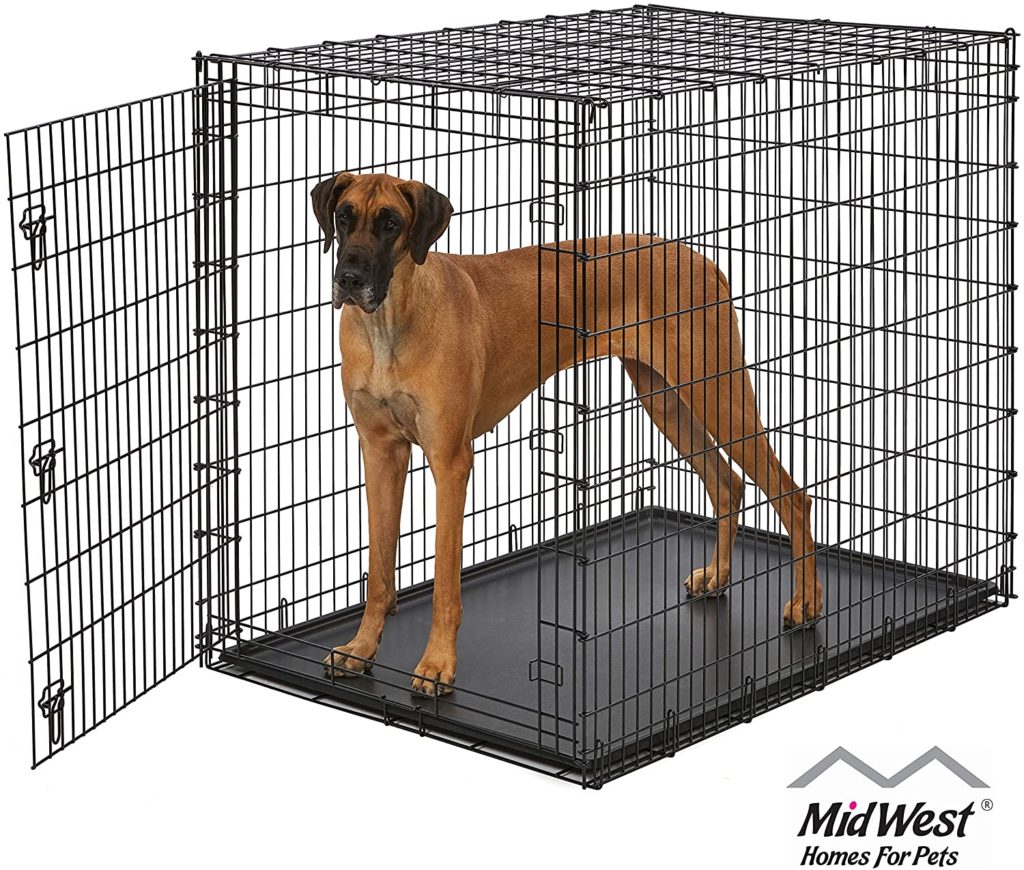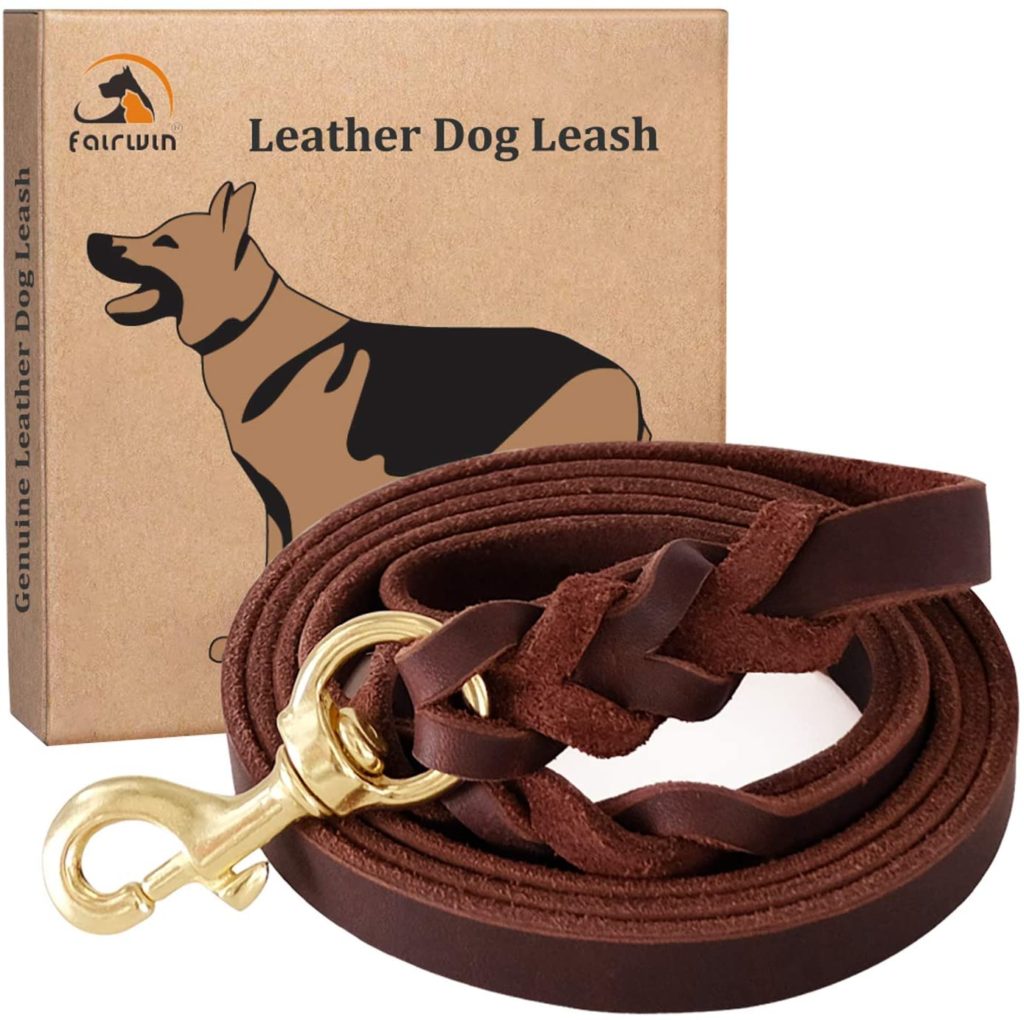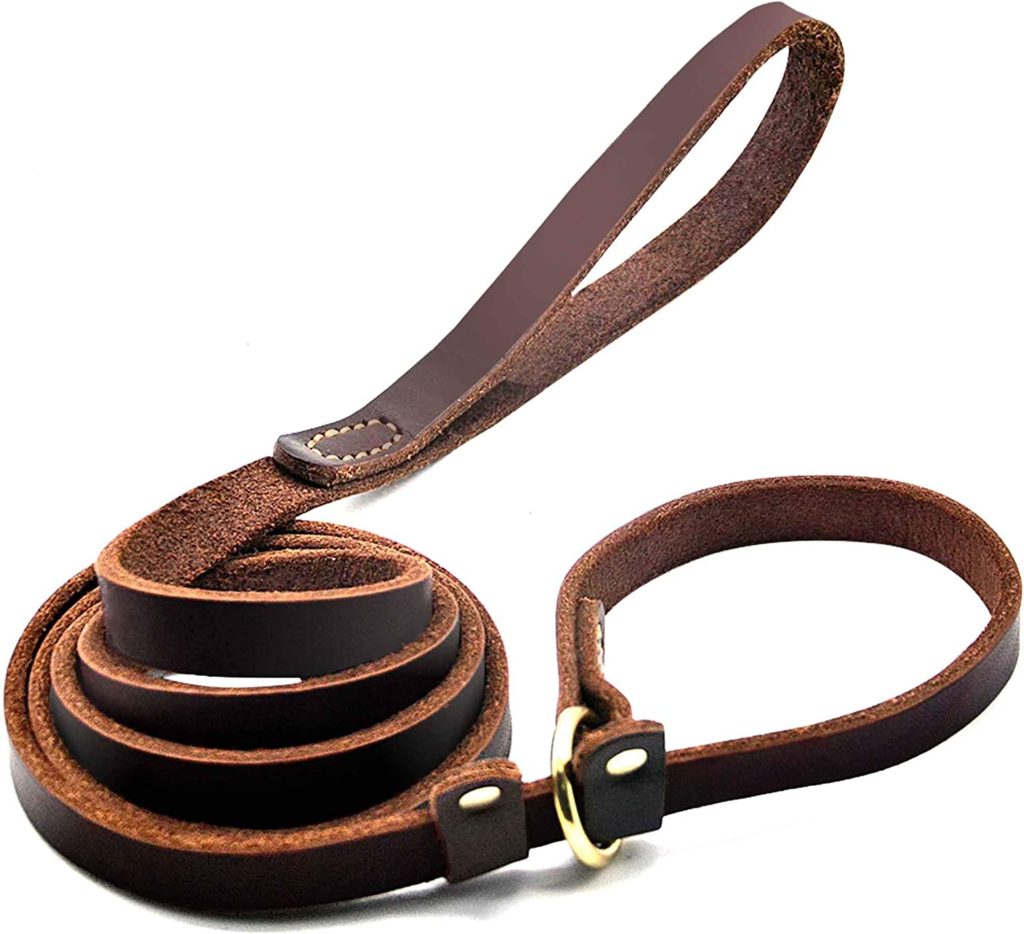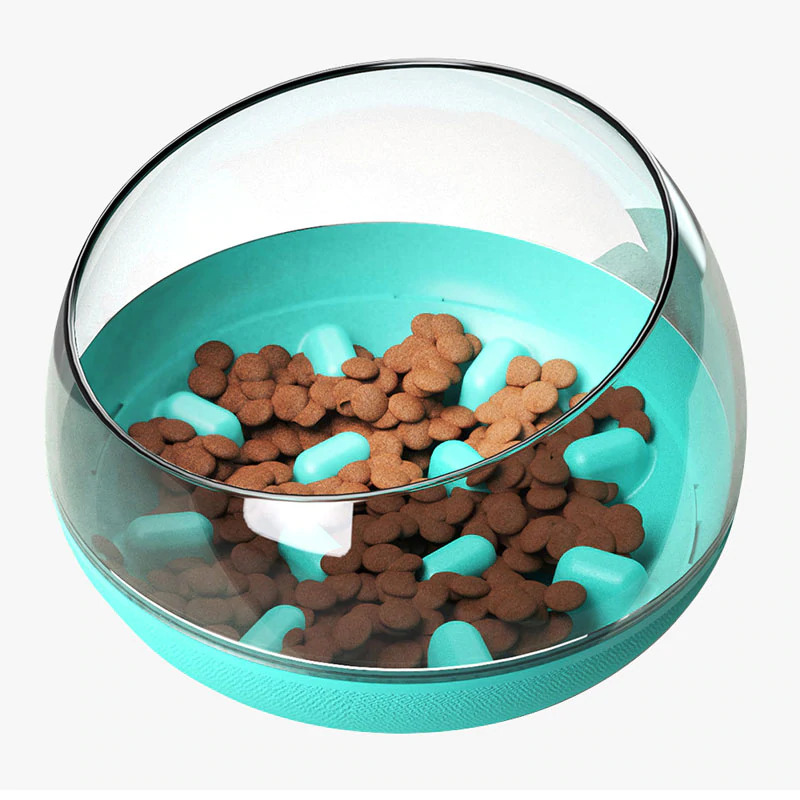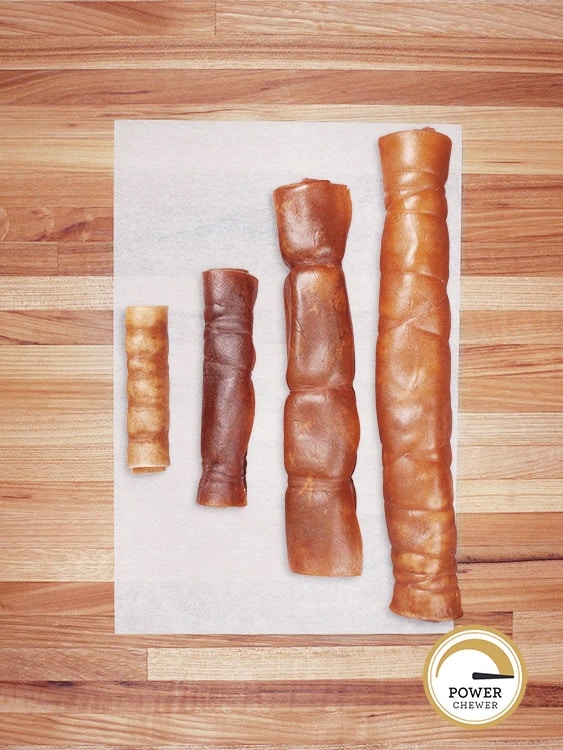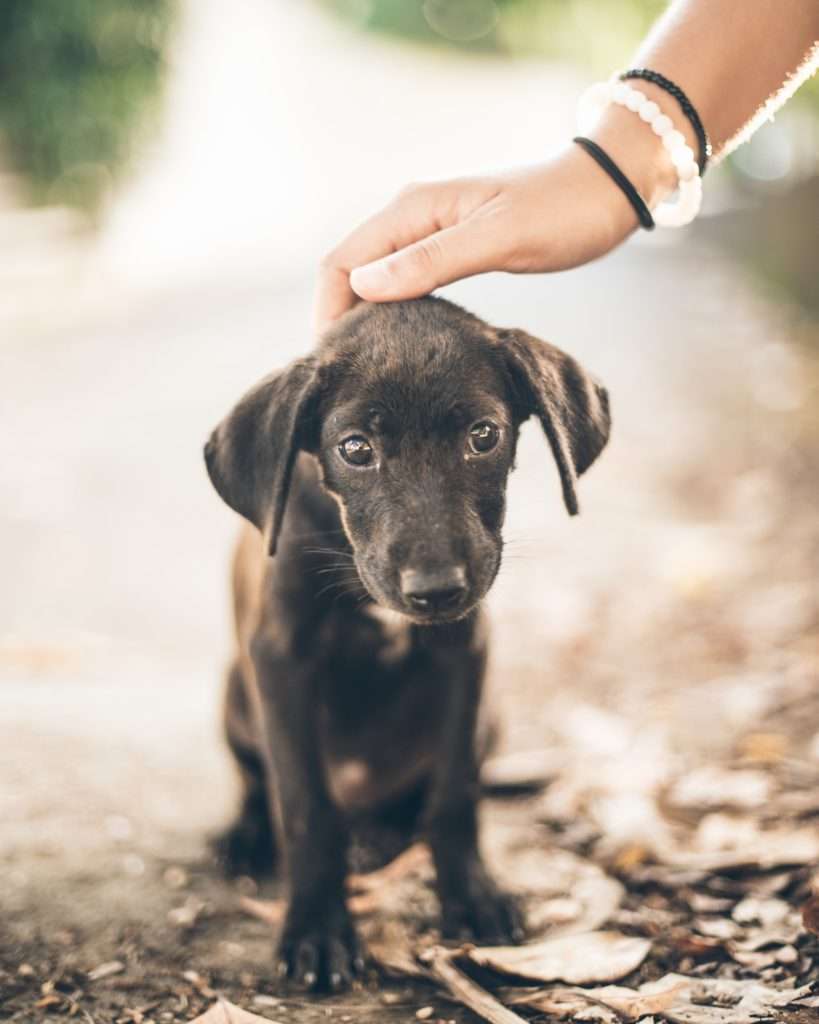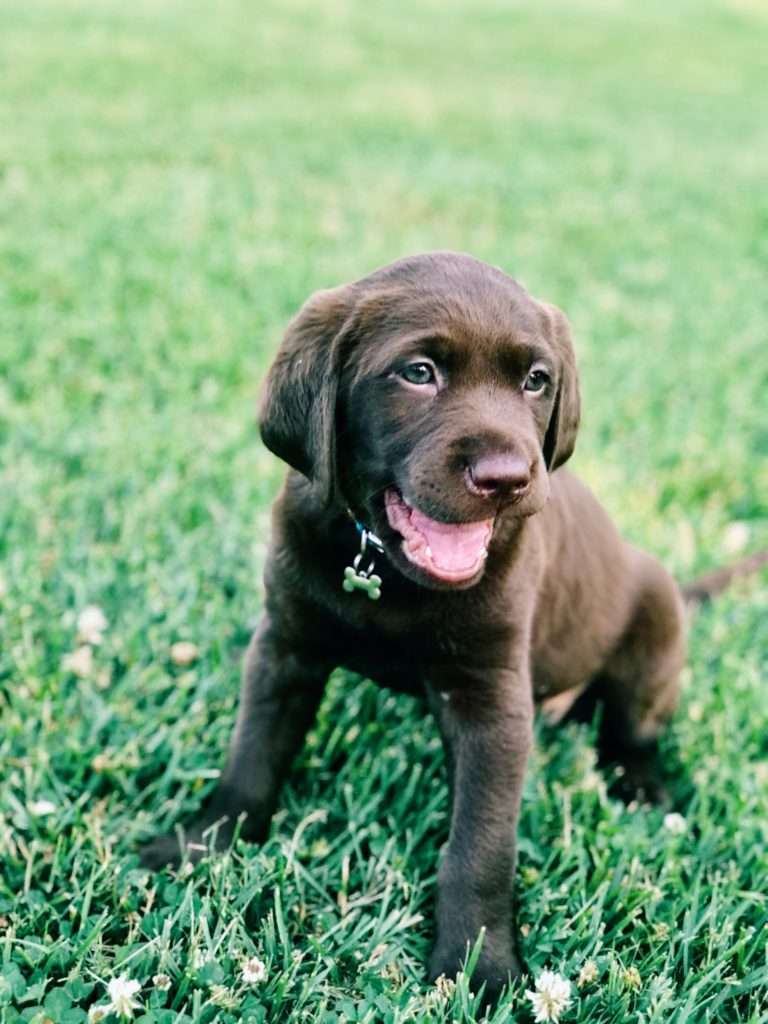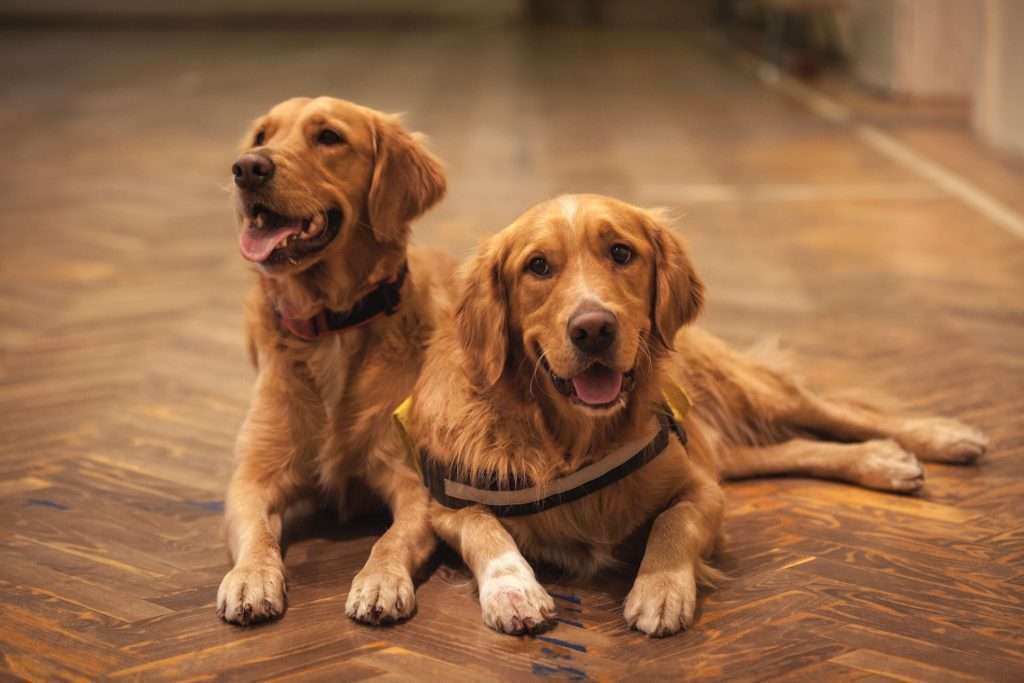With countless dog trainers competing for your attention and hard-earned money, navigating the selection process can be daunting. It becomes even more challenging if you’re unsure about what makes a dog trainer good! I’ve compiled five dog trainer red flags, and am including some information to help you easily spot the warning signs.
The dog trainer you select plays a pivotal role, impacting not only the training experience but also the relationship you share with your canine companion.
If you have a new puppy or are facing troublesome behavior with an older dog, this post is for you! In this article you’ll find:
- How to spot (and avoid )trainers that use extreme and one-size-fits-all dog training methods
- What credentials and reviews to look for when choosing a dog trainer
- Information about board and train opportunities
- Humane dog training methods that work!
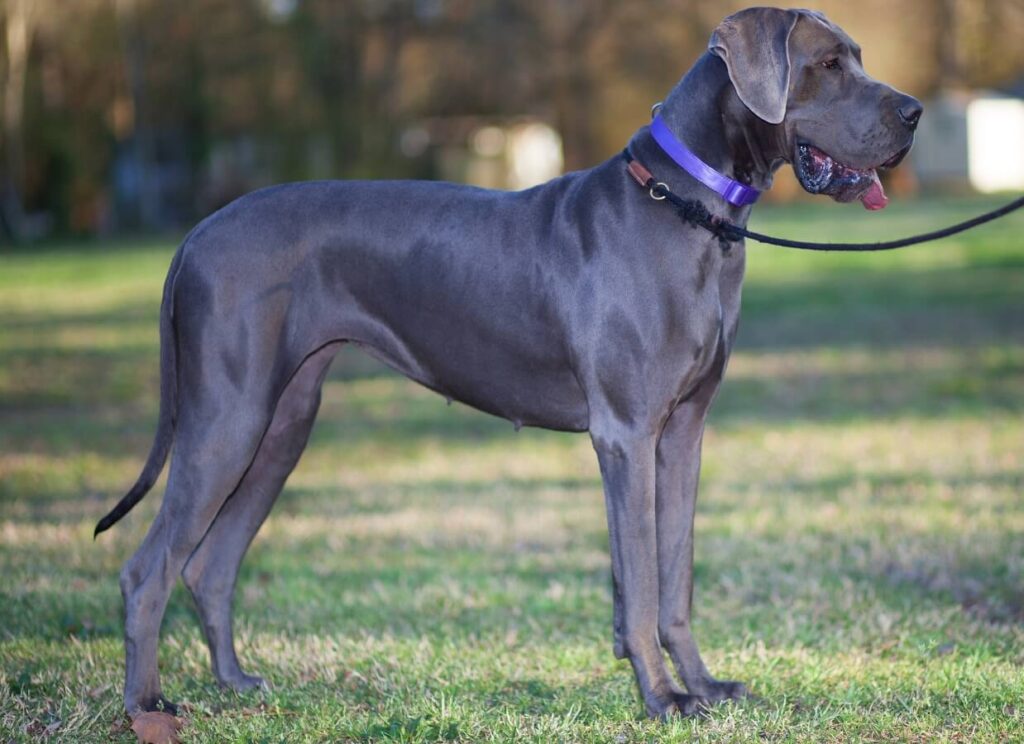
1. Extreme Dog Training Methods
Mention dog training methods in any social group online and you will spark a massive debate. People are rabid about their dog training beliefs, and won’t hesitate to throw shade at others over it.
Once again, life is proving to us that extremes are never good.
I look at dog training like a big circle. In the middle of that circle lies the humane treatment of animals, common sense, critical thinking, and appropriate boundaries.
Along various spurs coming from that circle are extreme dog training concepts. Some endorse the idea of never uttering the word “no” to a dog in any form, while others take a more concerning path, resorting to harsh intimidation and physical punishments.
Dogs are sentient beings that deserve our respect.
Here are two red flags to watch for when choosing a trainer:
“Force-Free”, the Impossible Training Method
Force-free dog training is one of those things that sounds nice on paper. In reality, the foundation of effective dog training lies in a force-free approach.
However, solely adhering to this concept in practice often leads to dogs becoming confused and frustrated. In essence, freedom and choice are limited so that the trainer never has to tell the dog “no”.
Unfortunately, for many dogs, that translates to a life confined to a leash, crate, or behind closed doors, while the underlying issues are never truly resolved.
Ethical and effective force-free training demands a high level of skill—something many trainers unfortunately lack.
Opt for trainers who prioritize “Positive Reinforcement” instead, as they are generally more open to employing diverse training methods tailored to meet the unique needs of individual dogs.
Alpha-Dominance/Kuhler/Police K9
These approaches fall under the category of “traditional” methods and are often featured on reality television dog training shows, such as Cesar Milan’s “The Dog Whisperer.”
Old-school training techniques grounded in alpha-dominance concepts tread a fine line, bordering on dog abuse. Recognizing these methods as red flags is crucial when evaluating potential dog trainers.
Key elements of these training techniques may include:
- Physical Corrections: Advocates of this approach may use physical corrections, such as repeated leash jerks or collar corrections, to establish dominance and correct undesirable behavior. Some trainers may even encourage owners to engage in actions like jabbing their dog, kicking the dog in the side, biting their dog’s ear, or holding the dog down in a submission position until the dog “gives up.”
- Hierarchy Establishment: The training focuses on establishing a clear hierarchy, with the owner positioned as the alpha. This may involve controlling resources, such as food and toys, to reinforce the owner’s dominance.
- Body Language Emphasis: Trainers may emphasize using assertive body language to convey dominance, including maintaining eye contact and using certain postures to assert control.
- Correction-Based Techniques: Punishment-based techniques are often employed to discourage unwanted behaviors, to reinforce the owner’s role as the dominant figure. Pet owners may be encouraged to throw bags of chains at their pet, or employ a shock collar at high levels so the dog yelps.
Critics argue that alpha/dominance and other “traditional” training methods can be harsh and may lead to fear or anxiety in dogs. We agree. These methods are dated and have no place in modern dog training.
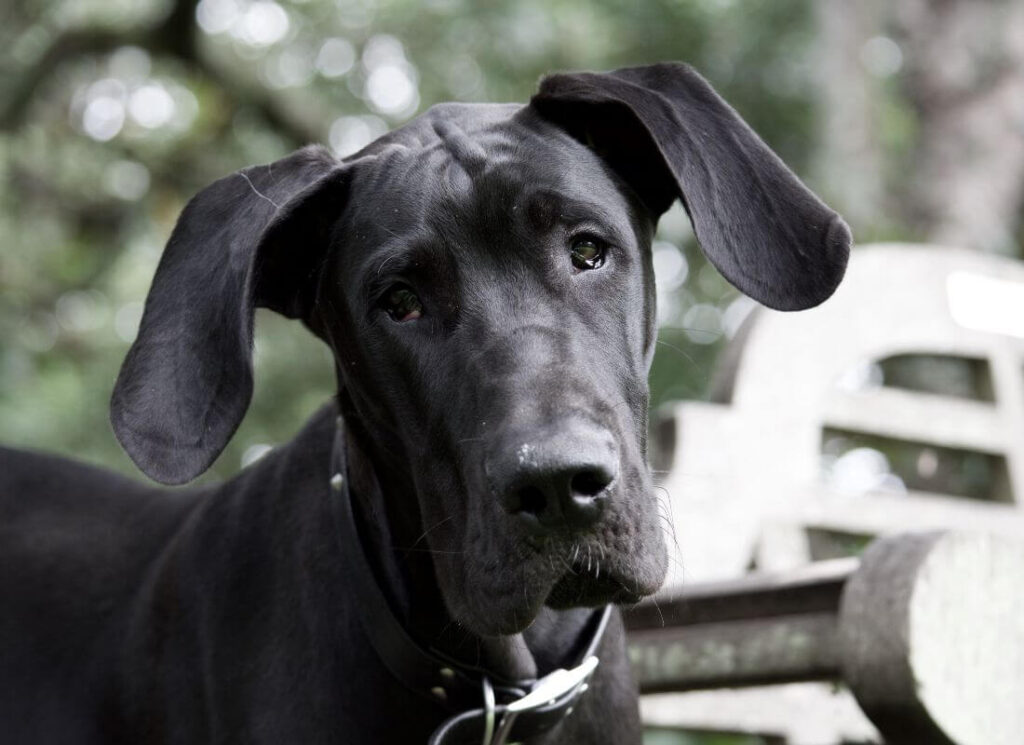
2. The ‘Quick Fix” Dog Trainer
Dog trainers who advertise a ‘quick fix’ to behavior often raise red flags as these claims can be misleading and potentially harmful.
Behavioral issues in dogs are complex and varied, requiring a nuanced and individualized approach. Promising swift solutions may indicate a lack of understanding of the underlying causes of a dog’s behavior or an inclination towards shortcuts that overlook the importance of addressing root issues.
The shortcuts are the most alarming part of “quick fix” dog training methods, as they often involve extremely harsh and unfair punishments.
Trainers who prioritize quick fixes may resort to methods that mask symptoms temporarily without addressing the core problems, risking long-term behavioral repercussions or potential stress for the dog.
Pet owners should be cautious and opt for trainers who emphasize a patient, gradual, and comprehensive approach to behavior modification.
Tread very cautiously with dog trainers who use the following phrases in their marketing:
- “I guarantee that your dog will never do XYZ again”
- “In just 10 days, I can put a STOP to all bad behavior in your pet”
- “Puppy training classes are a scam. All dogs can be fully trained in just 2 weeks.”
- “Most clients notice a dramatic and permanent improvement after just one hour of my training”
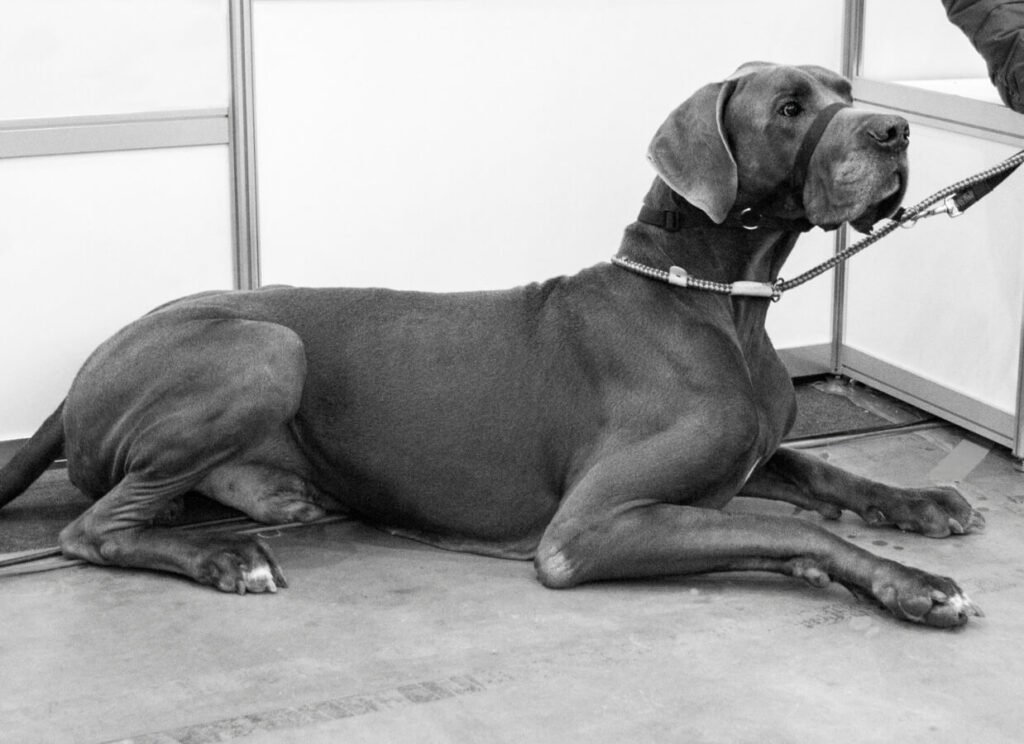
3. The Trainer with Limited Transparency
Trainers who are vague about their techniques, hesitant to answer questions, or unwilling to provide information on their approach may have something to hide.
Tread extra cautiously with dog trainers who will not allow you to visit their facility or observe them training other dogs, especially if you plan to sign your pup up for a board and train package.
A lack of transparency can leave pet owners uninformed about the training process, making it challenging to assess the well-being of their dogs during sessions.
Reputable trainers openly share their methodologies, experiences, and success stories, fostering a transparent relationship with clients.
The Trainer Who Shames Other Trainers
In tandem with a lack of transparency, tread very cautiously with trainers who spend a lot of time bashing other trainers and methods.
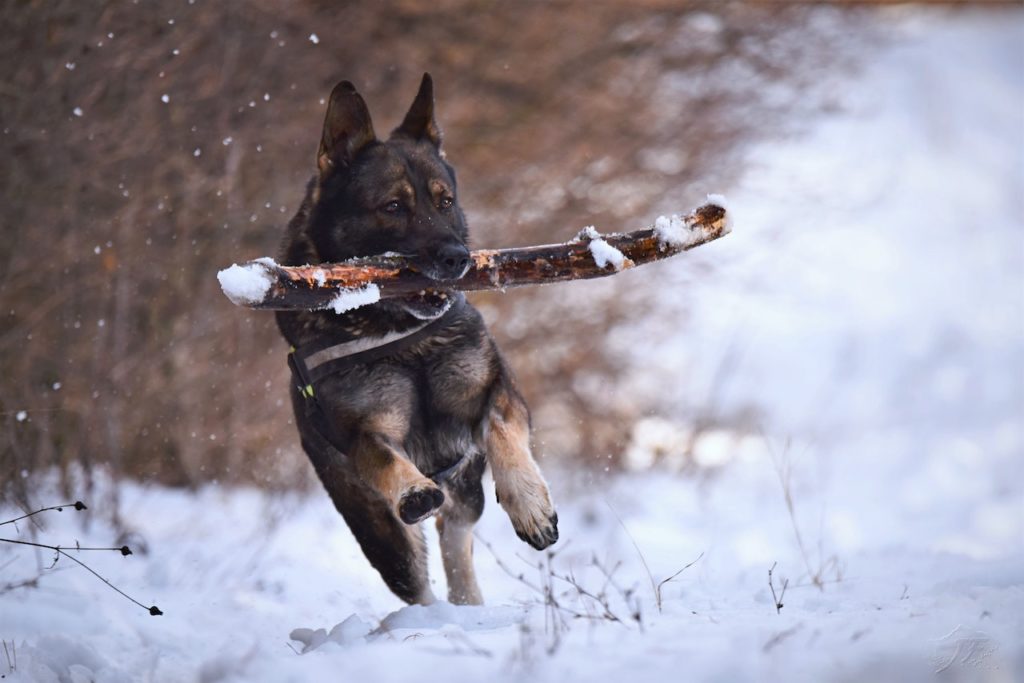
4. The “Nutritionist” Dog Trainer
Many dog trainers take the opportunity to beef up their resume with a pet nutrition certification, allowing them to position themselves as experts when it comes to feeding pets.
Do not fall for this. The reality is that a significant number of dog trainers are merely repeating information they acquired while obtaining inexpensive online certificates from non-accredited (and often controversial) sources.
Dog trainers are not in any way qualified to be giving nutrition or health care advice unless they also happen to be veterinarians, veterinary nutritionists, or certified veterinary technicians with continuing education and credentials in companion animal nutrition.
While their intentions may be good, it’s essential to approach their information with a degree of skepticism. If your dog trainer is shaming you for choosing a certain dog food brand or advising you to disregard your veterinarian’s guidance, especially when your pet is dealing with a health issue, consider it a red flag.
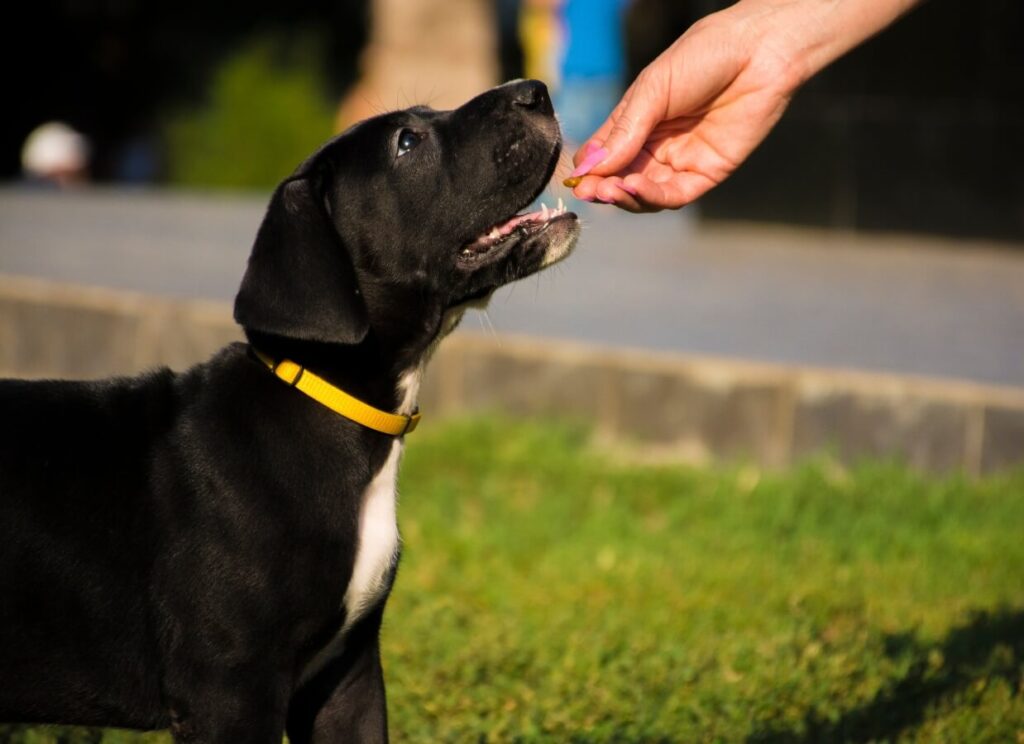
5. The Weekend Dog Trainer with No Insurance
While passion for dog training is admirable, a lack of liability insurance suggests a potential lack of commitment and professionalism.
Trained and experienced dog trainers typically carry insurance to protect both themselves and their clients in case of unforeseen incidents.
Weekend trainers, who may only provide services casually, might not be adequately equipped to handle various situations or emergencies. Choosing a dog trainer without insurance poses a risk, as any mishaps during training sessions may result in financial and legal consequences for both the trainer and the pet owner.
Pet owners are advised to prioritize certified, insured, and professional dog trainers to ensure the safety and well-being of their beloved companions.
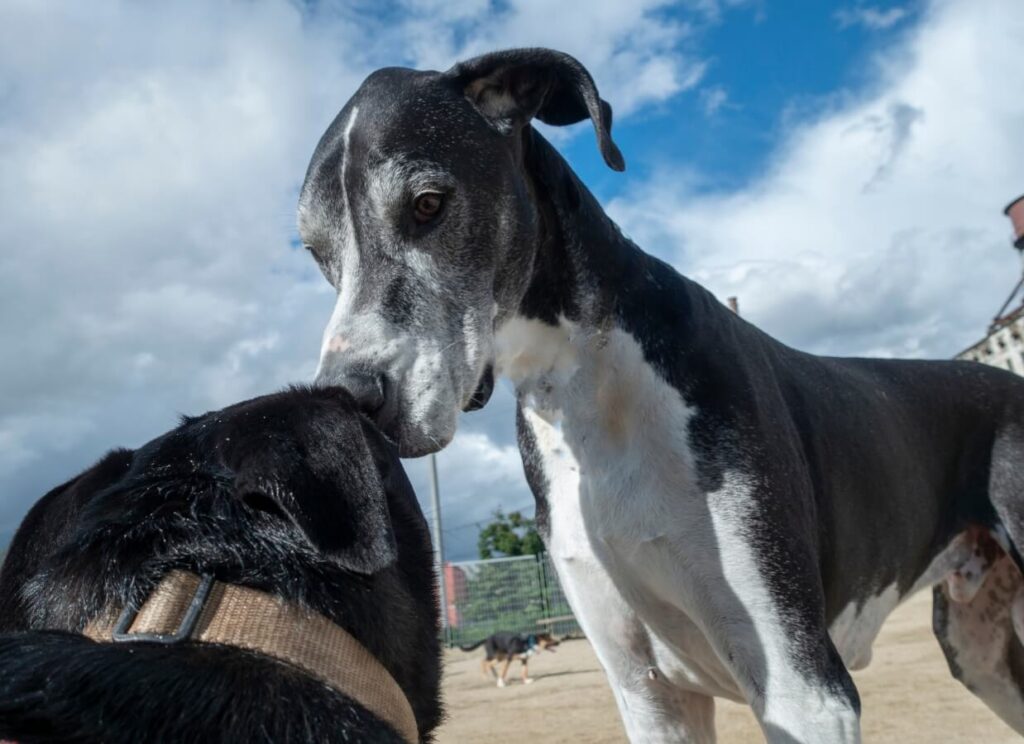
How to Choose a Good Dog Trainer: Avoid Dog Trainer Red Flags
Once you’ve eliminated trainers based on the red flags listed above, you still have many to choose from. Here are some essential tips to help you make an informed decision when choosing a dog trainer for your pet:
- Credentials and Certification:
Look for trainers with formal education or certification in dog training. Reputable certifications come from organizations such as the International Association of Canine Professionals (IACP) or the Certification Council for Professional Dog Trainers (CCPDT). - Training Methods:
Understand the trainer’s approach to training. Positive reinforcement and “Balanced” training techniques are widely accepted and effective. - Personalized Approach:
Choose a trainer who tailors their methods to the specific needs and temperament of your dog. A one-size-fits-all approach may not be effective for every dog. - Transparency:
Opt for trainers who are transparent about their training methods, experience, and success stories. Avoid those who are vague, unwilling to answer questions, or lack openness about their practices. - Observation Opportunities:
A good trainer allows you to observe a training session or actively participate. Avoid trainers who don’t provide opportunities for you to see their methods in action. - Understanding Canine Behavior:
Ensure the trainer has a deep understanding of canine behavior, body language, and psychology. This knowledge is essential for addressing behavioral issues effectively. - References and Reviews:
Seek references from previous clients or read reviews online. Positive feedback from other pet owners can be a valuable indicator of a trainer’s competence. - Professionalism:
Assess the trainer’s professionalism, punctuality, and communication skills. A good trainer communicates effectively with both you and your dog. - Insurance:
Confirm that the trainer has liability insurance. This ensures protection for both parties in case of any unexpected incidents during training sessions. - Passion and Patience:
Look for a trainer who is genuinely passionate about dogs and demonstrates patience. A positive and compassionate approach contributes to a more successful training experience.
Taking the time to research and choose a qualified, positive, and ethical dog trainer will contribute to a positive and effective training experience for both you and your beloved pet.
Have you had great or bad experiences with dog trainers? Leave a comment below!



